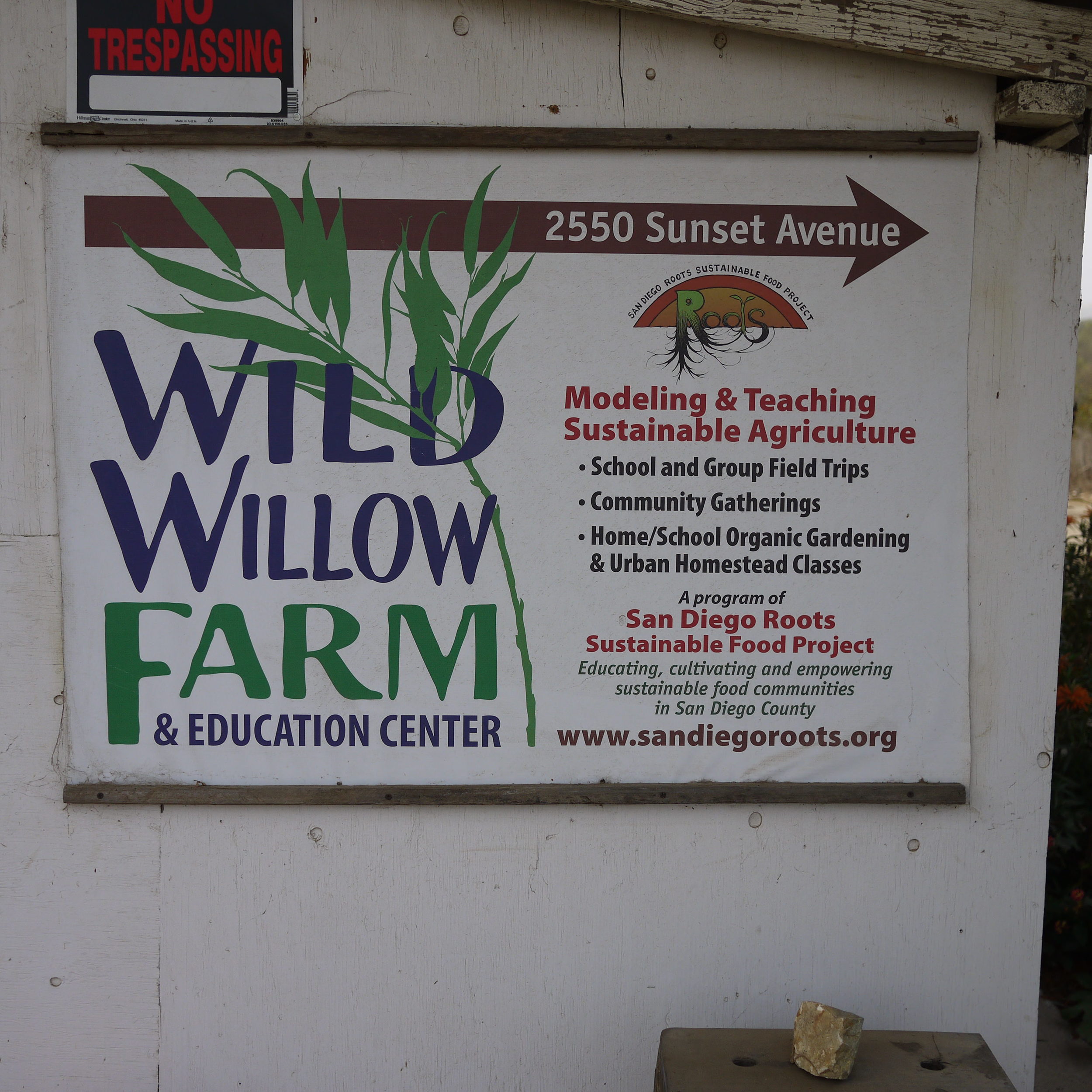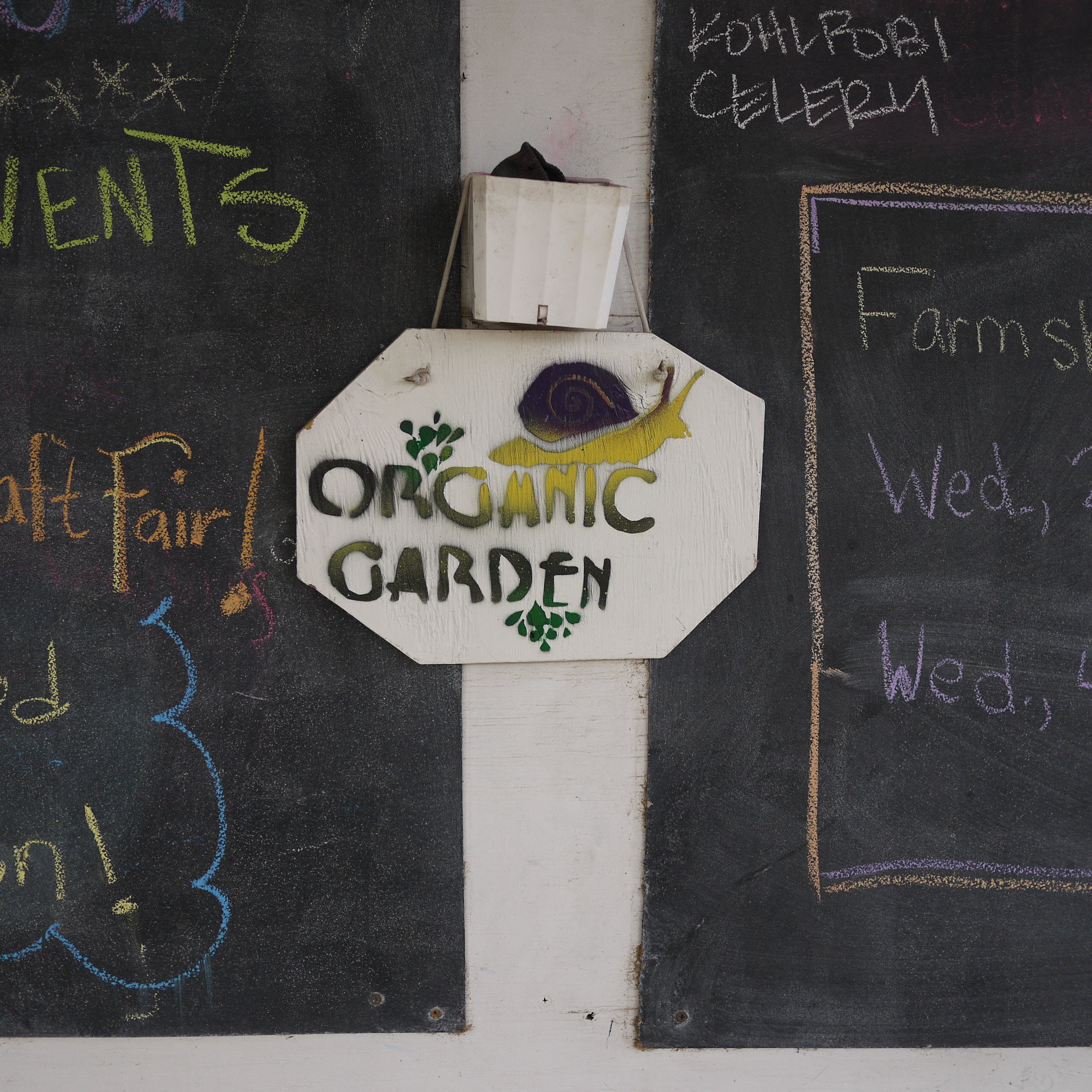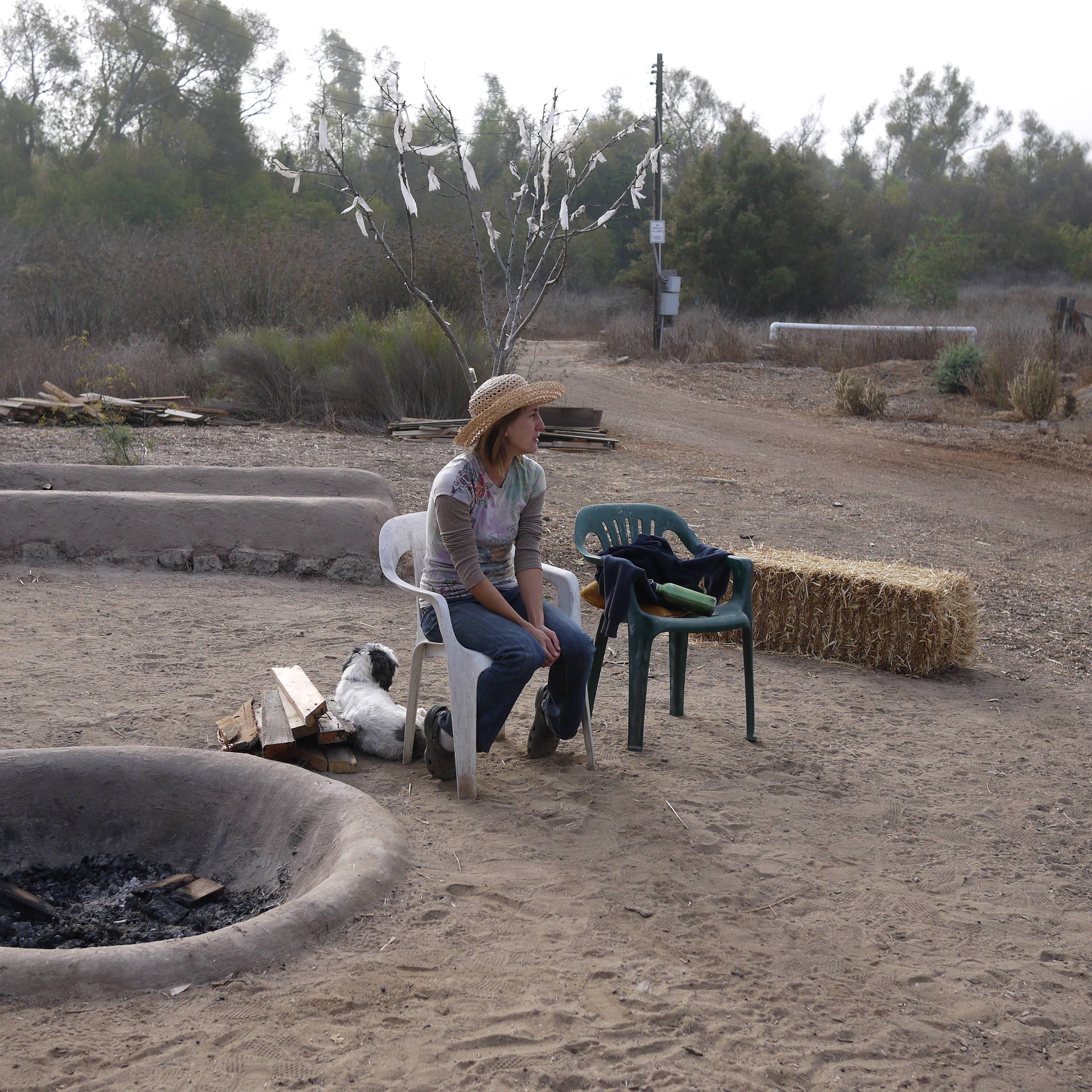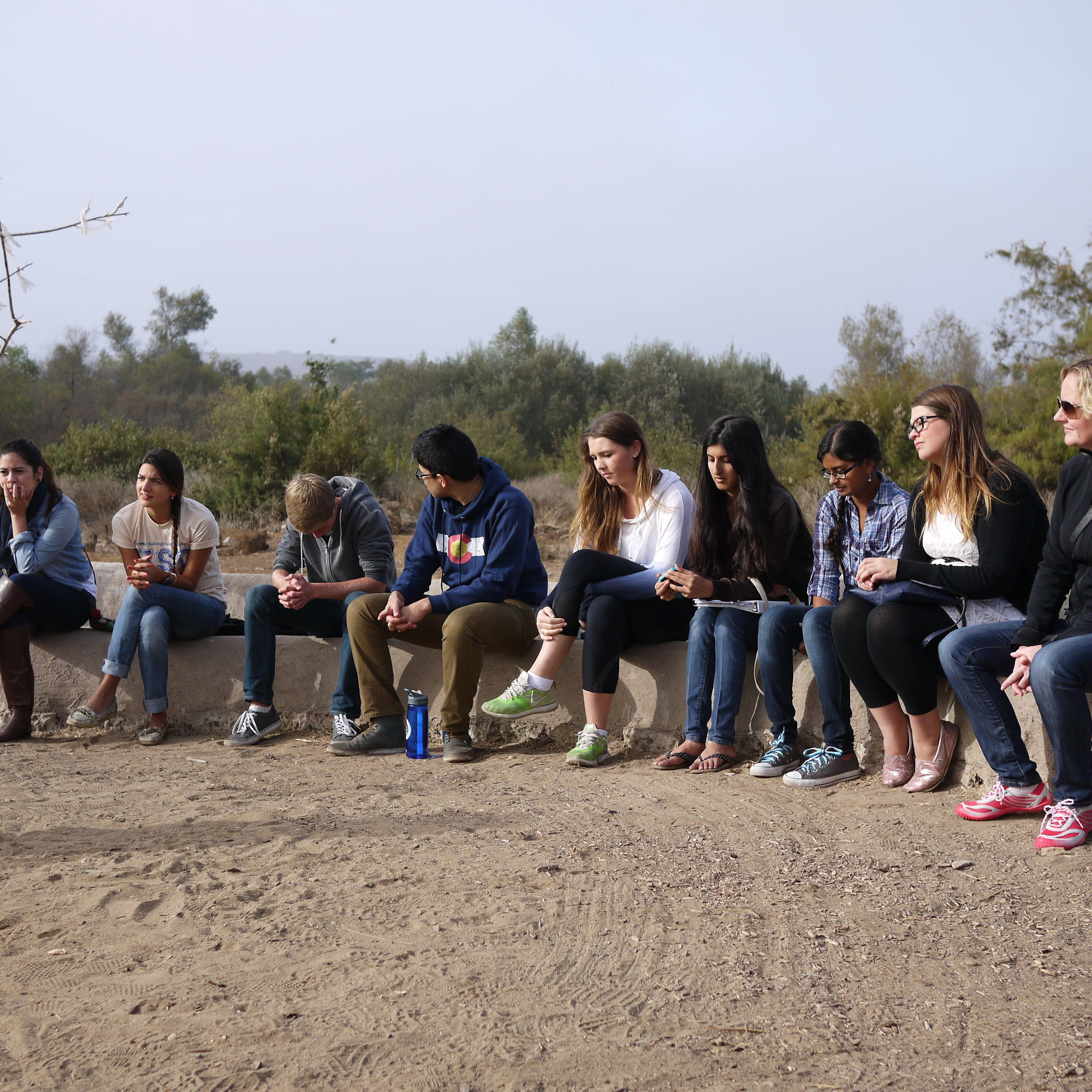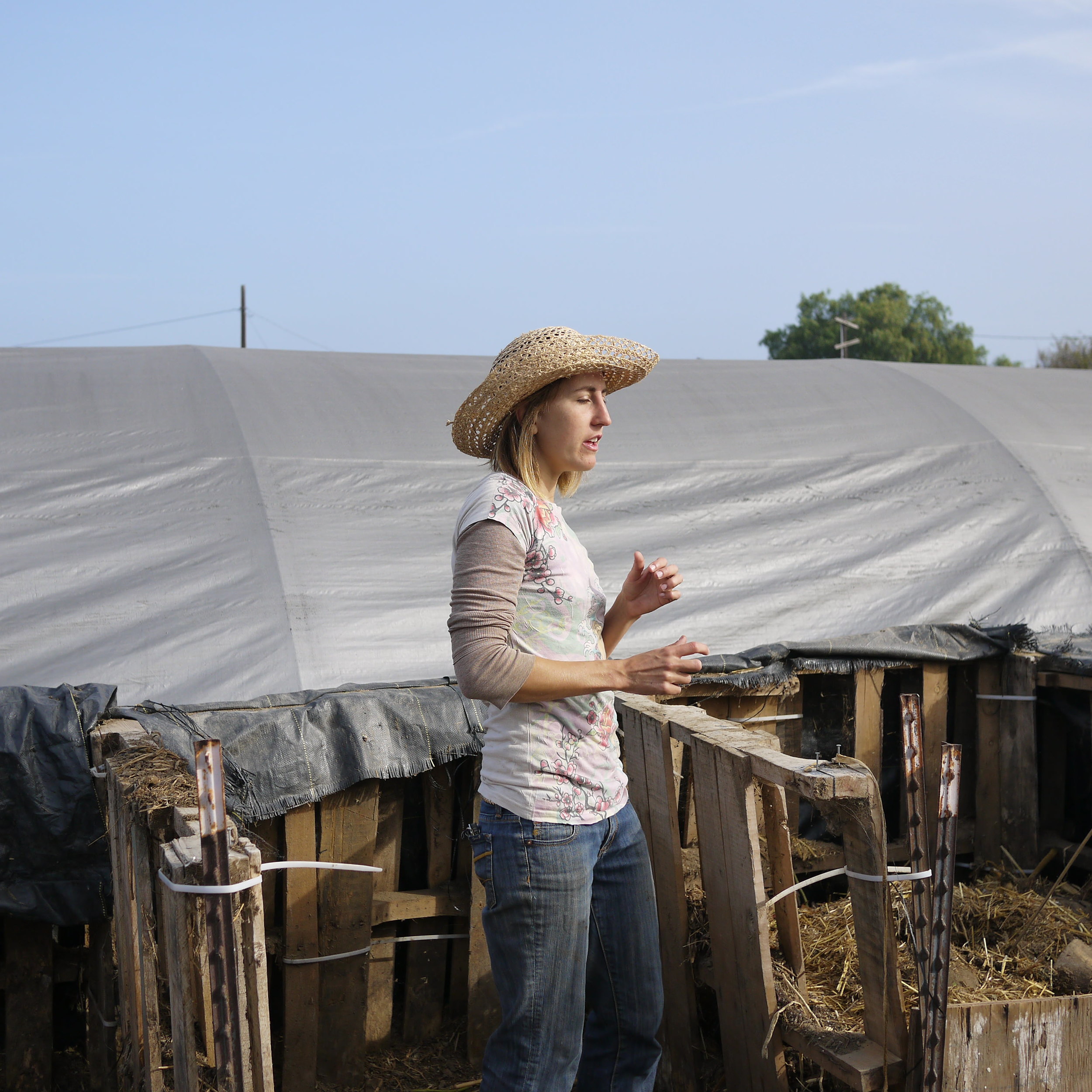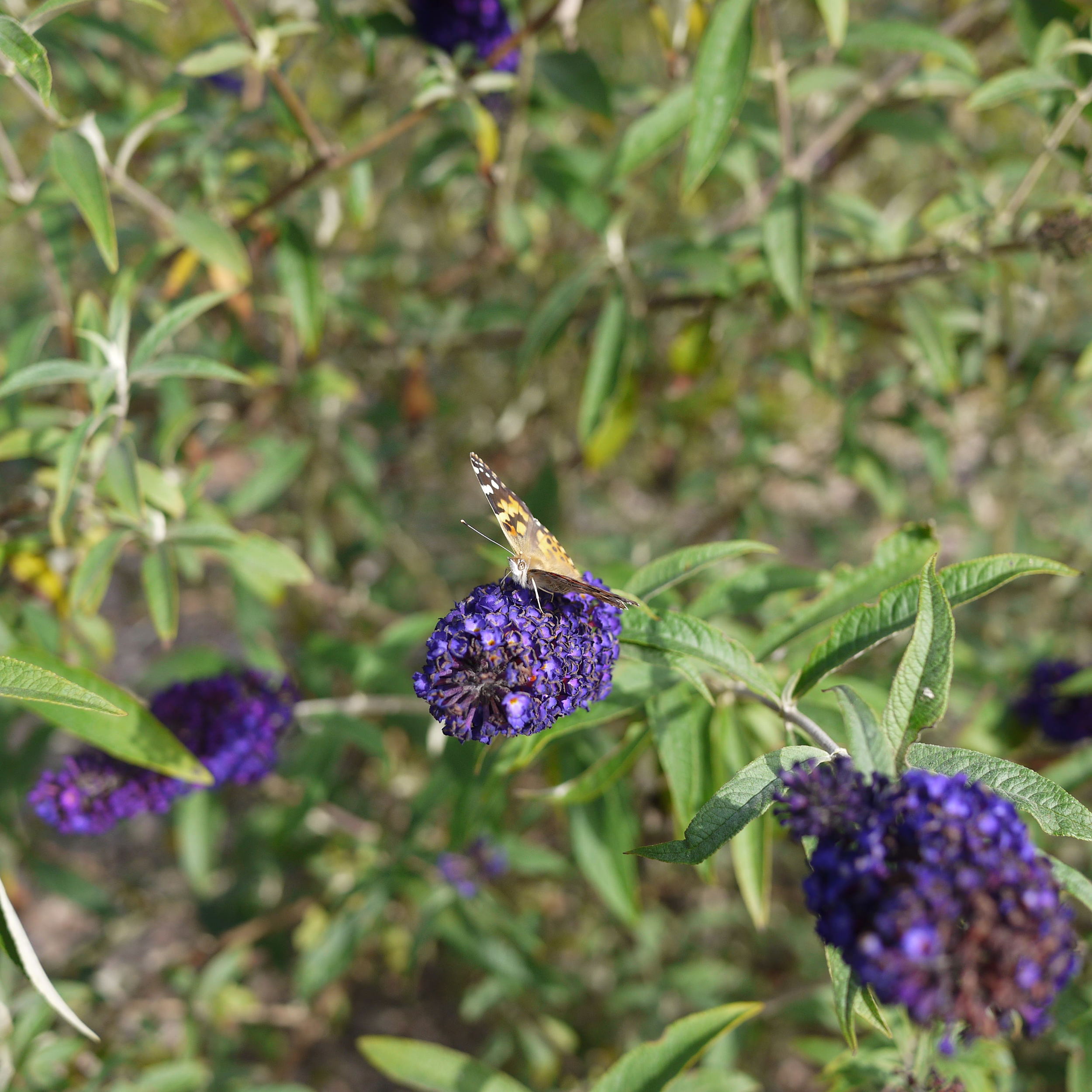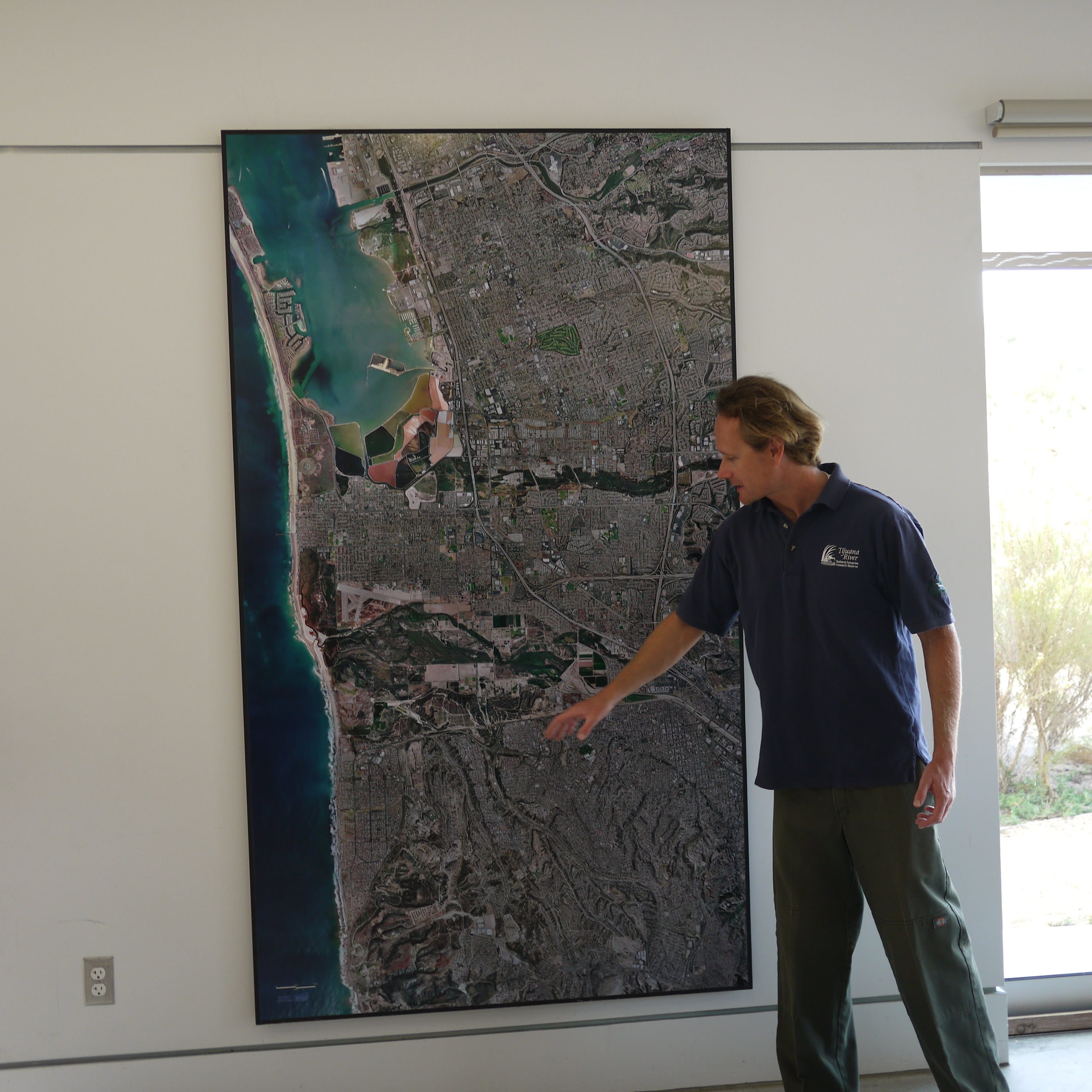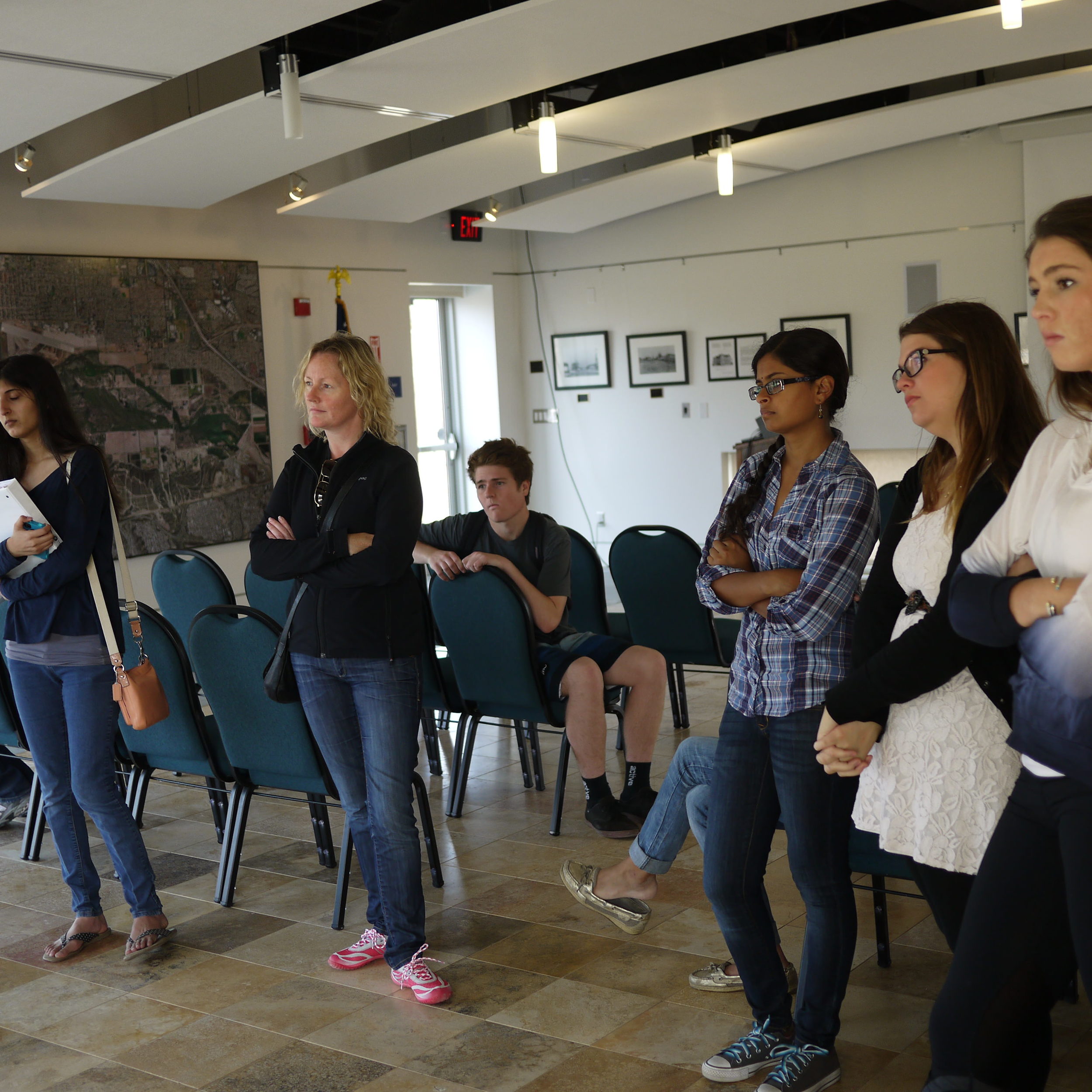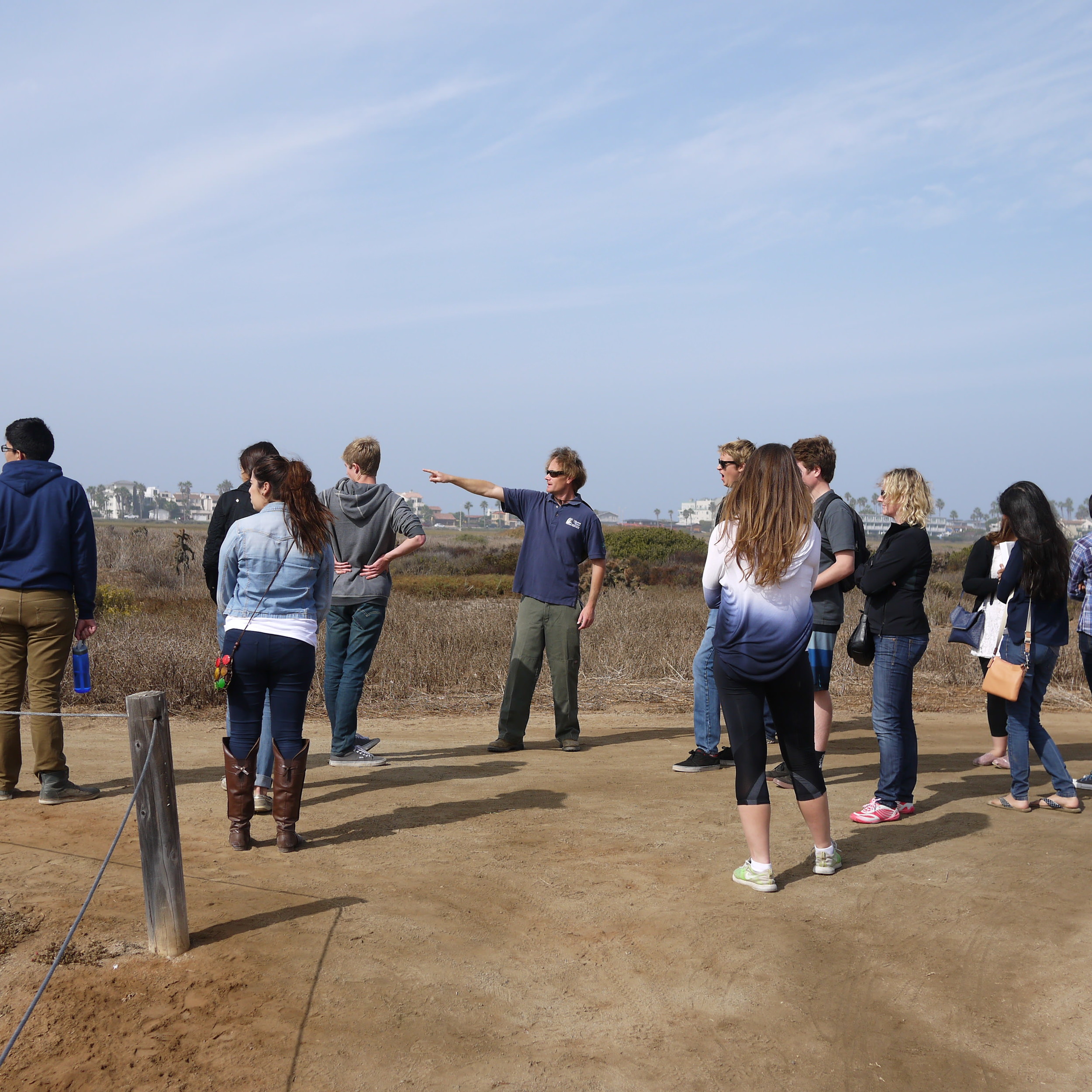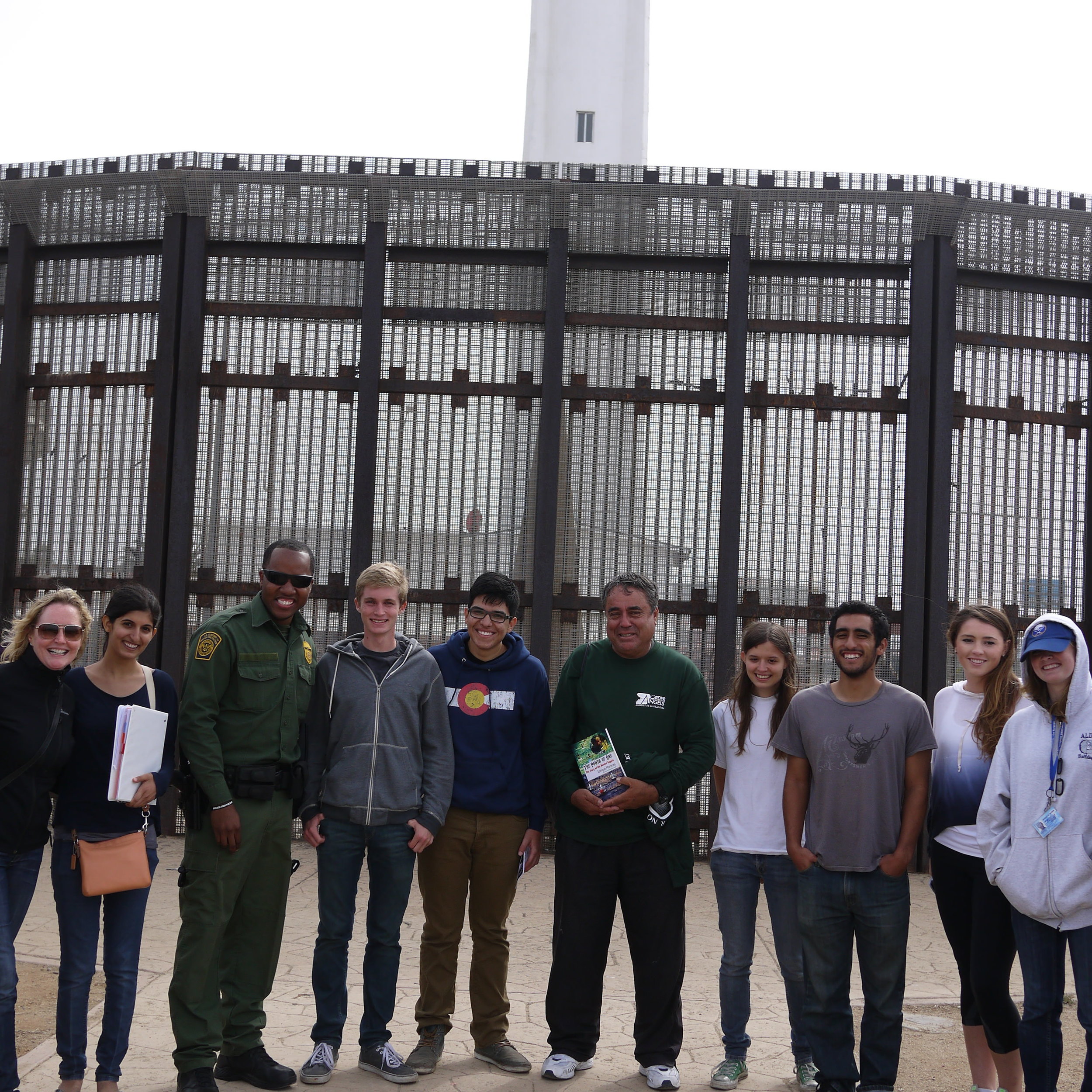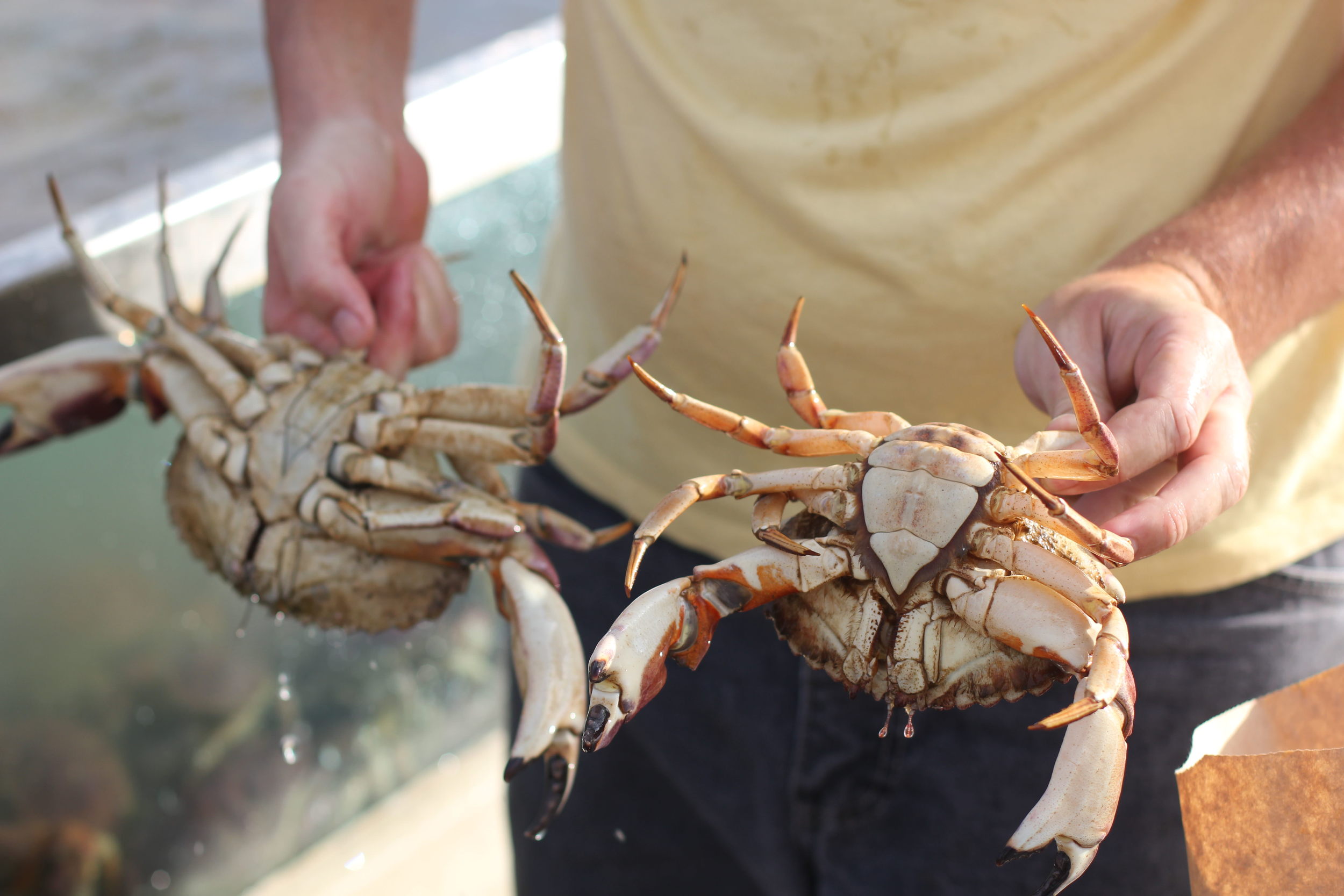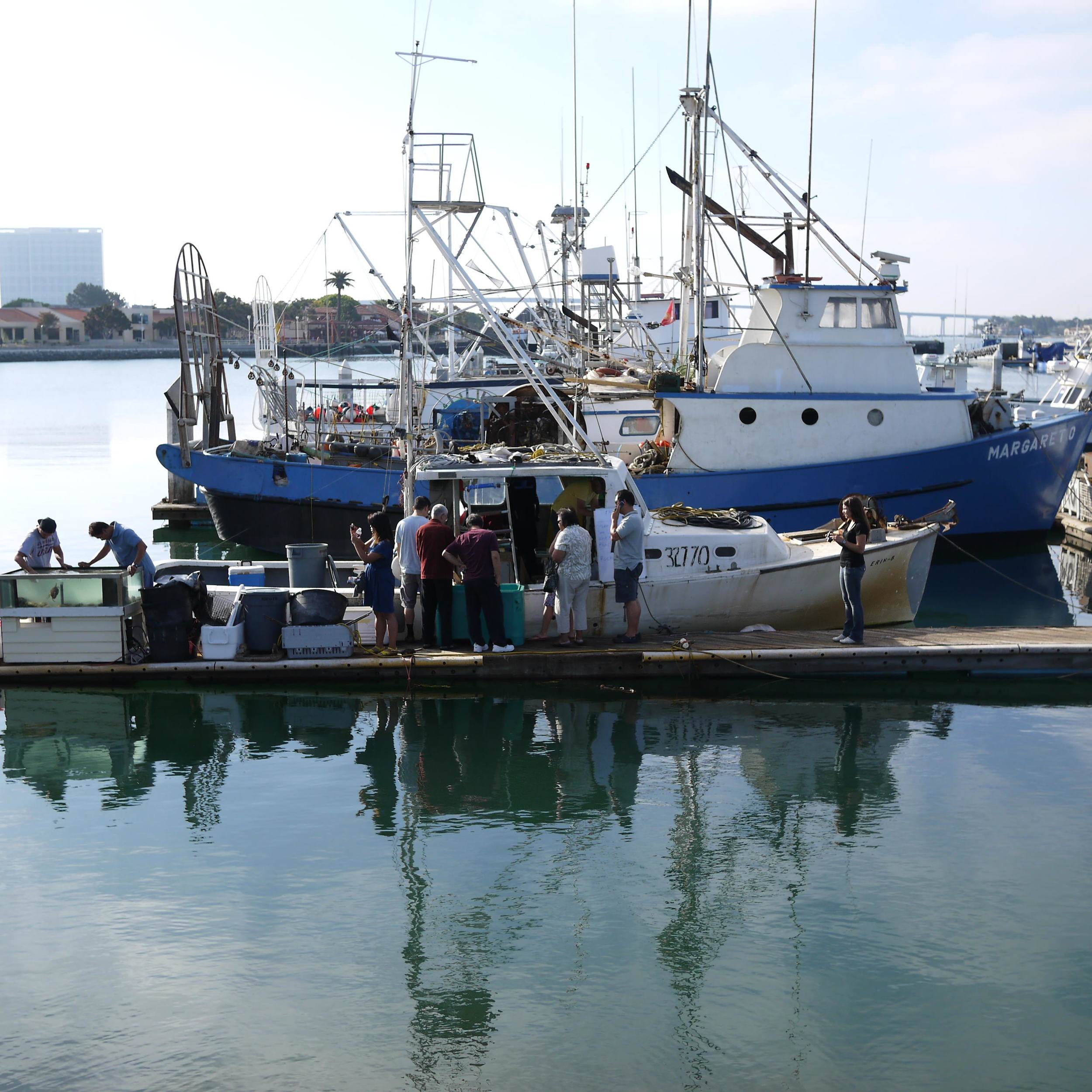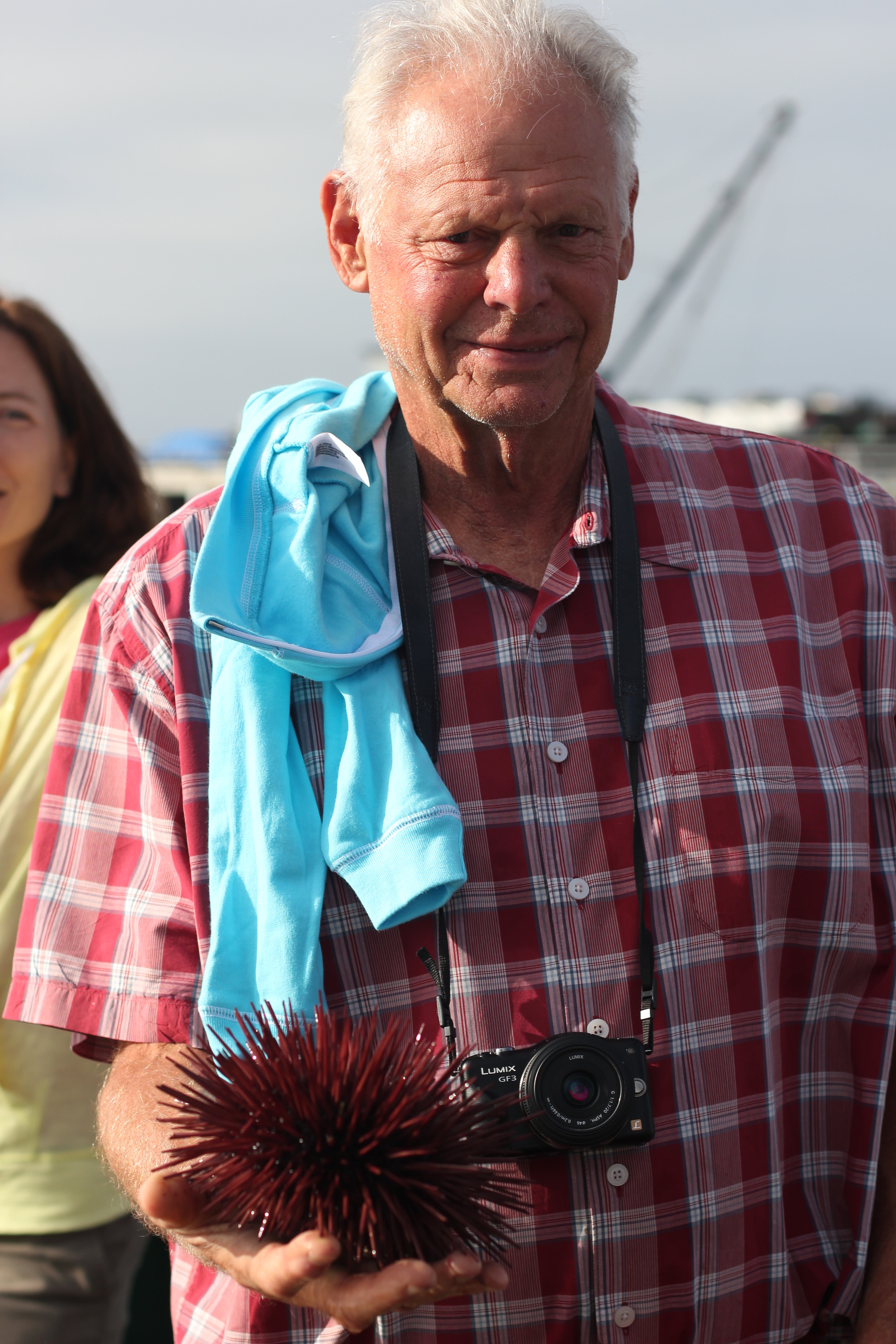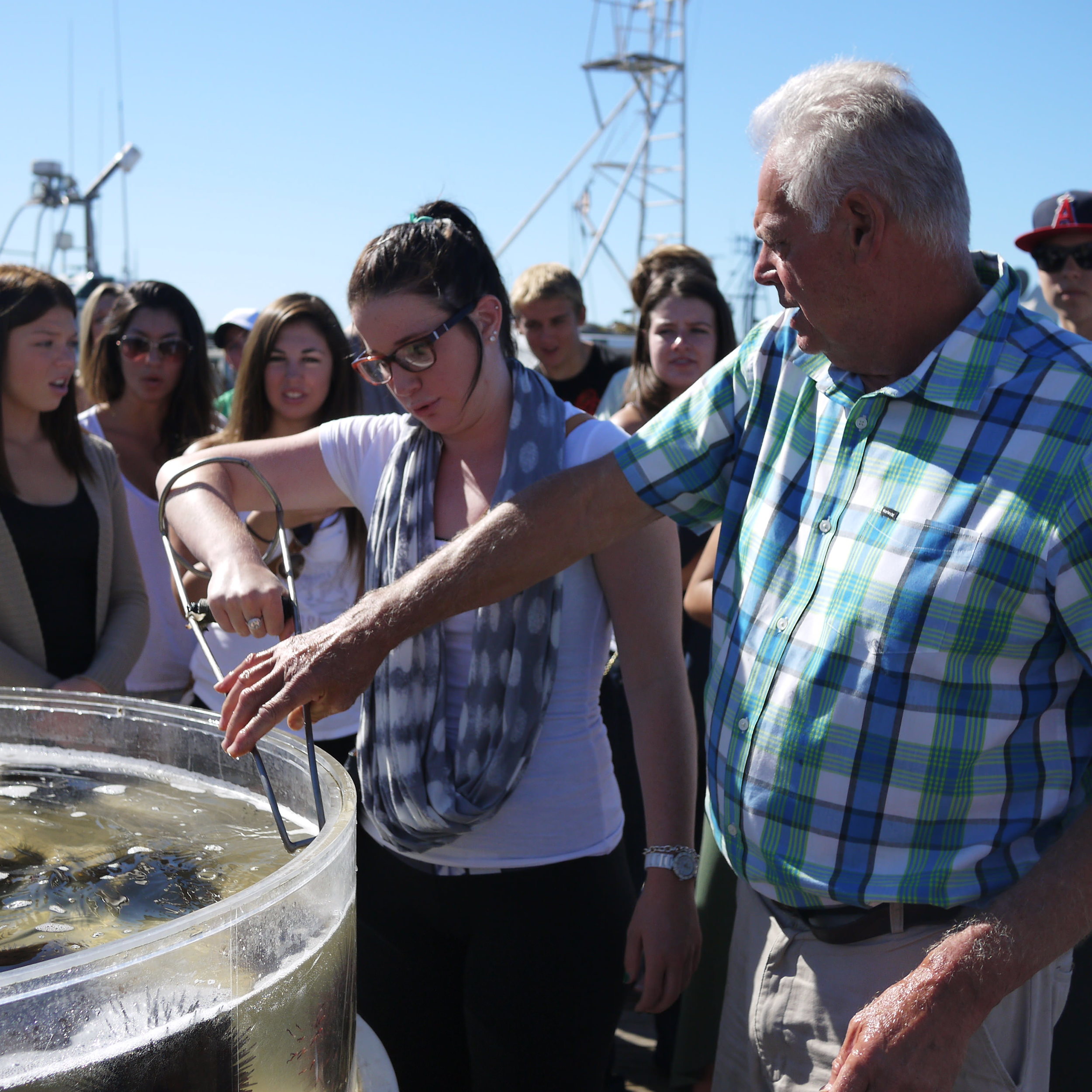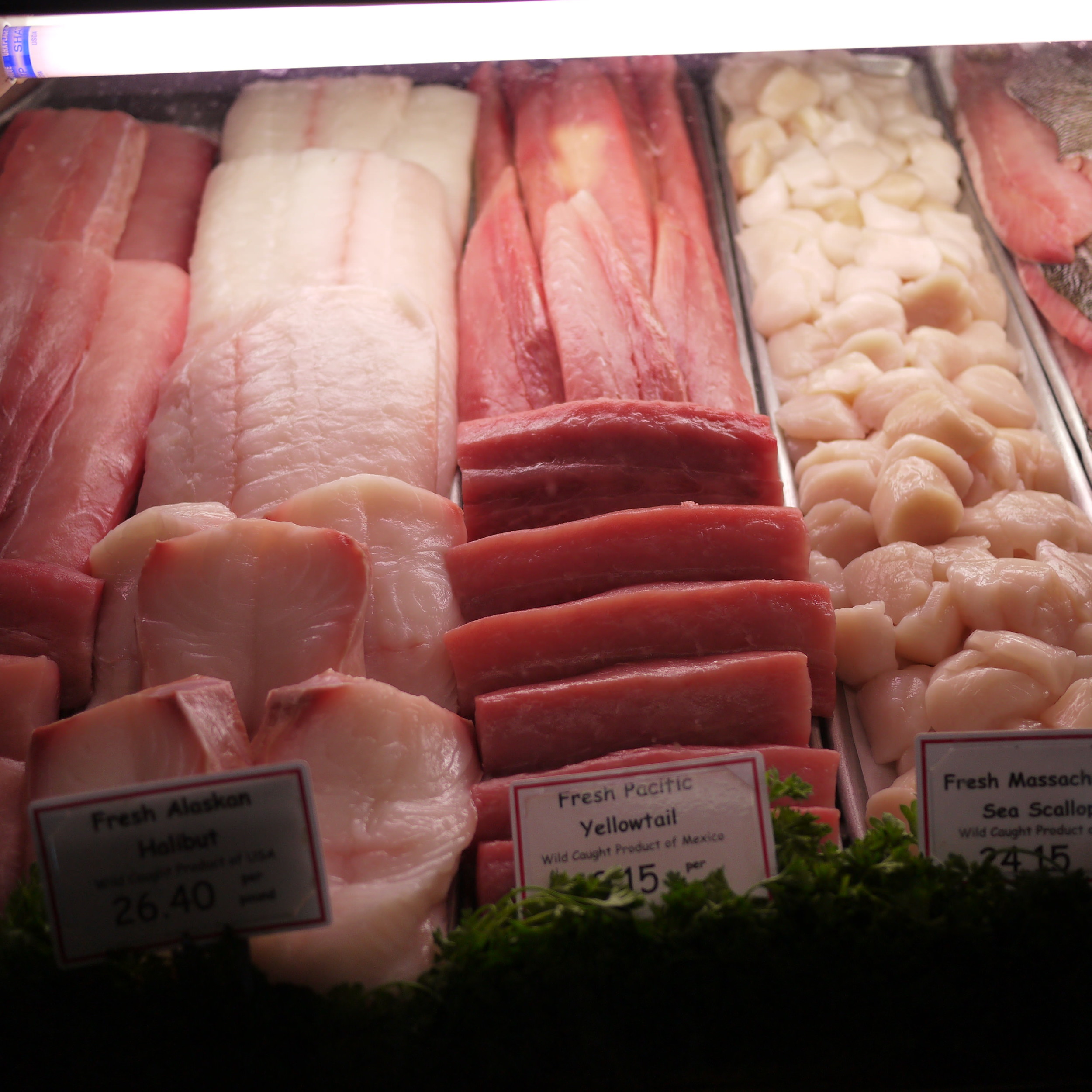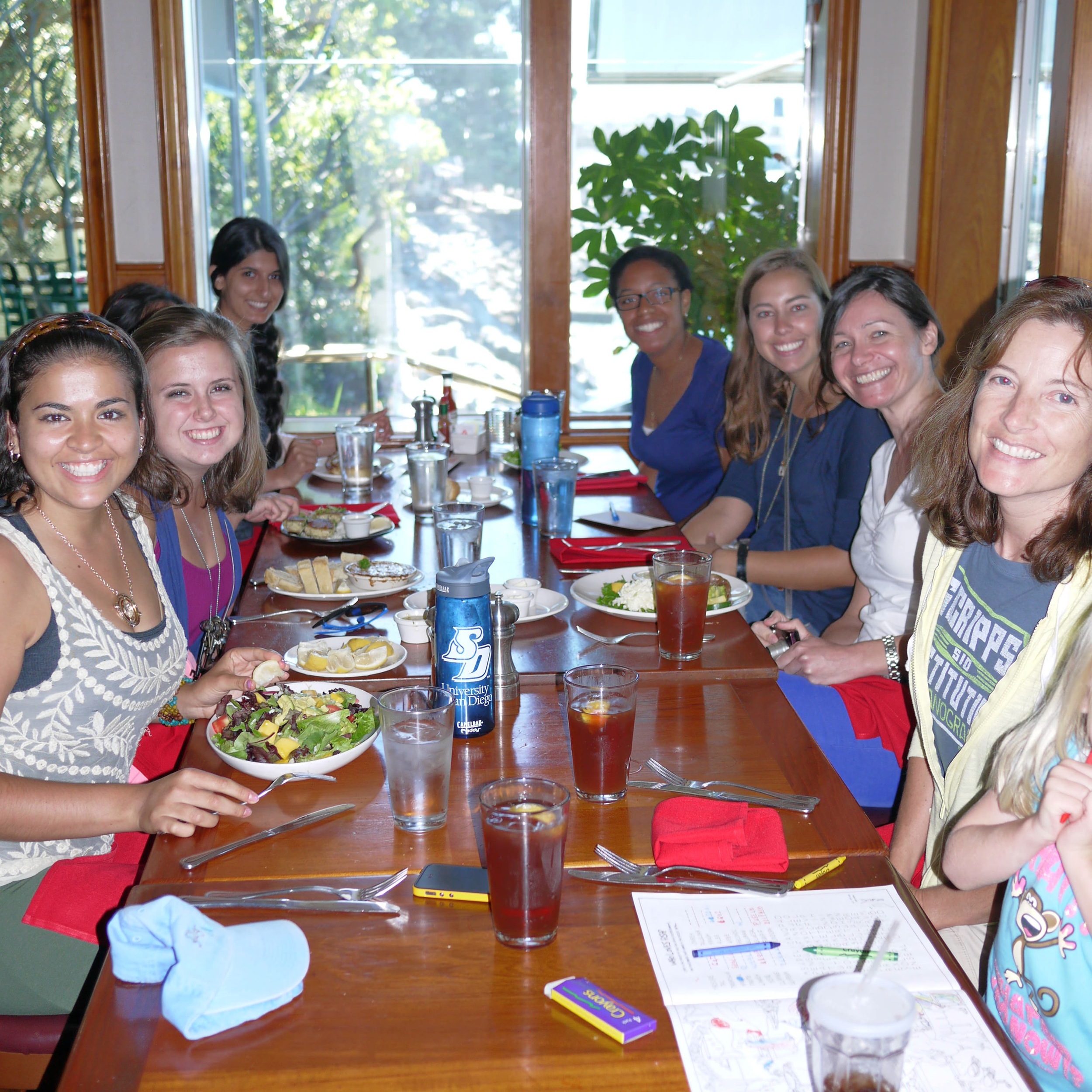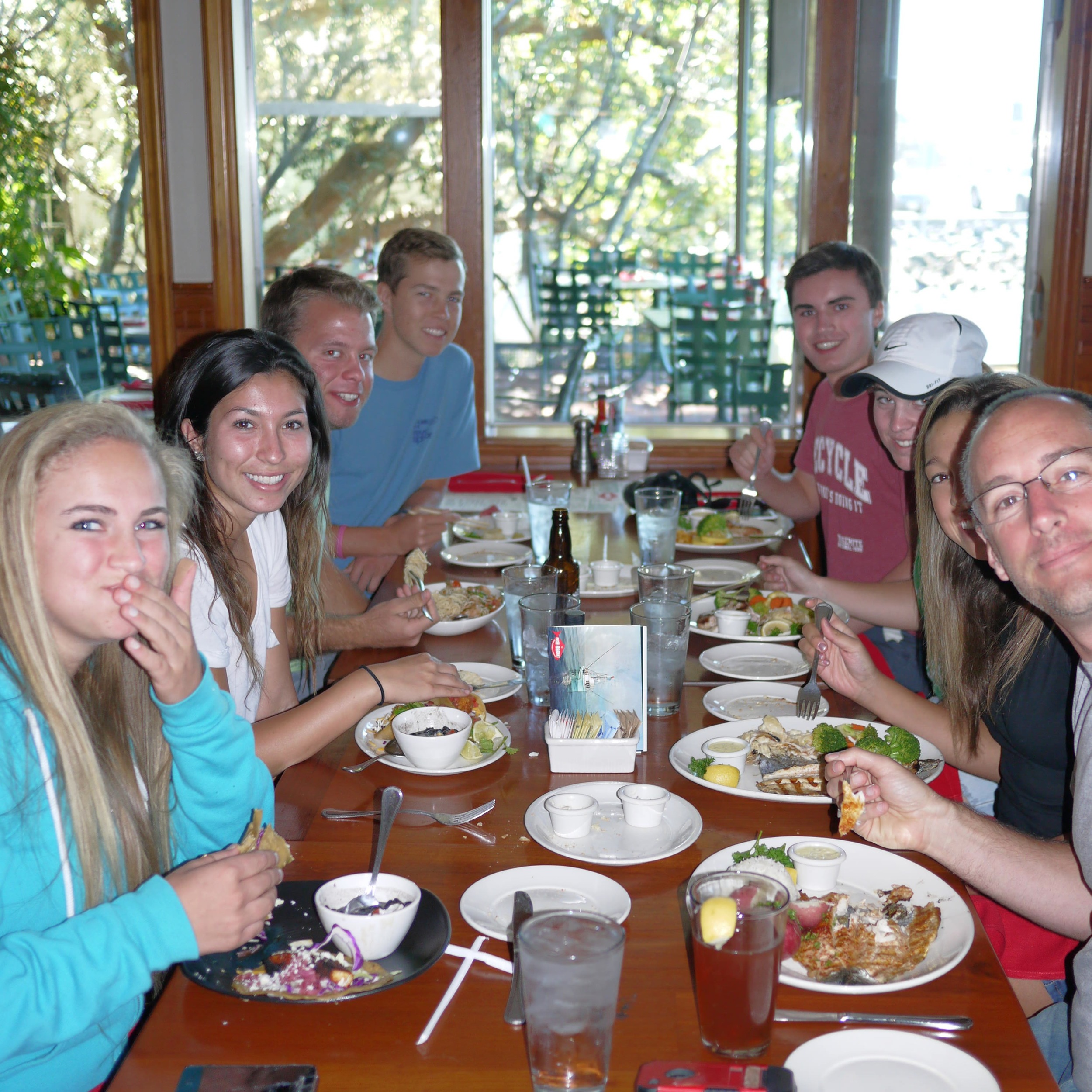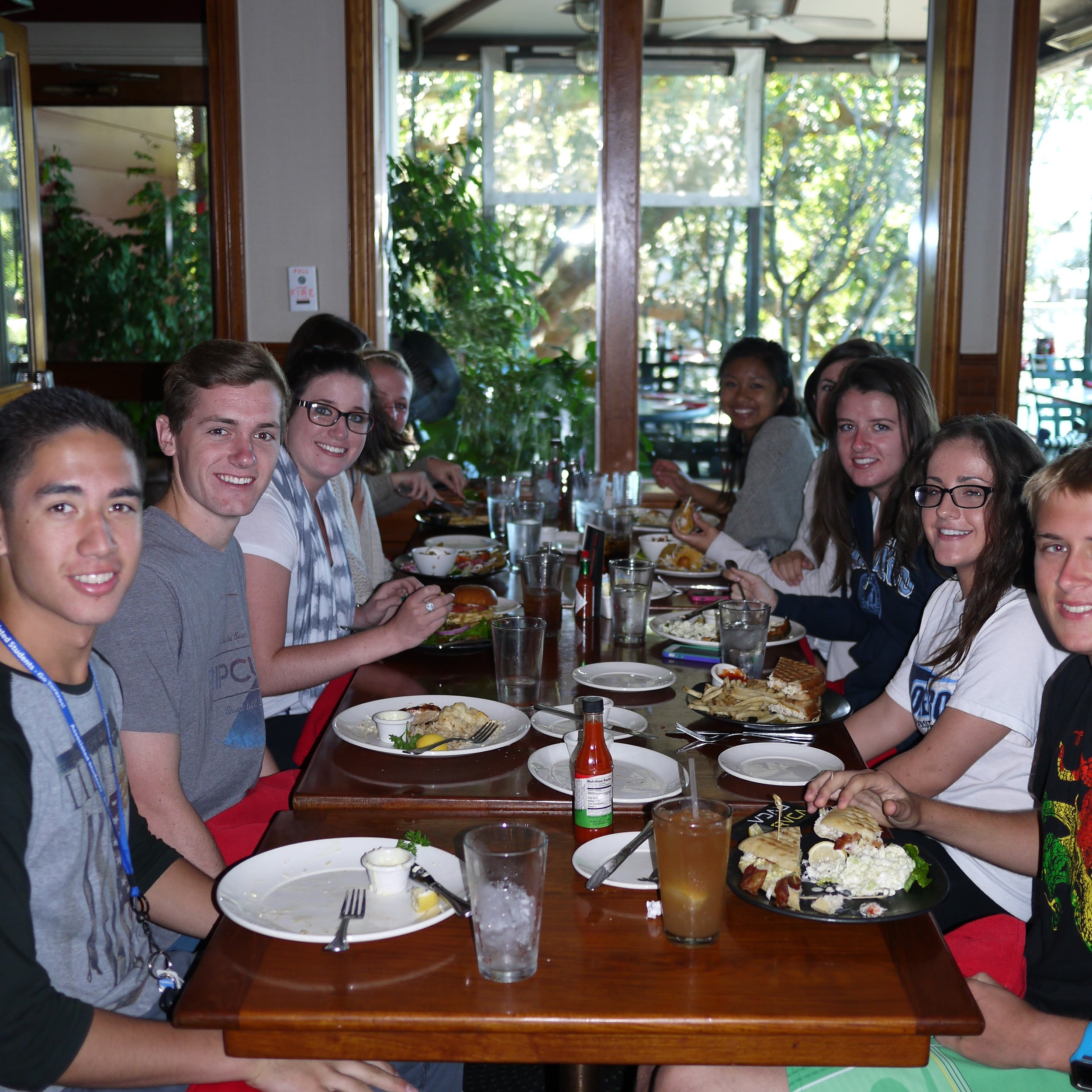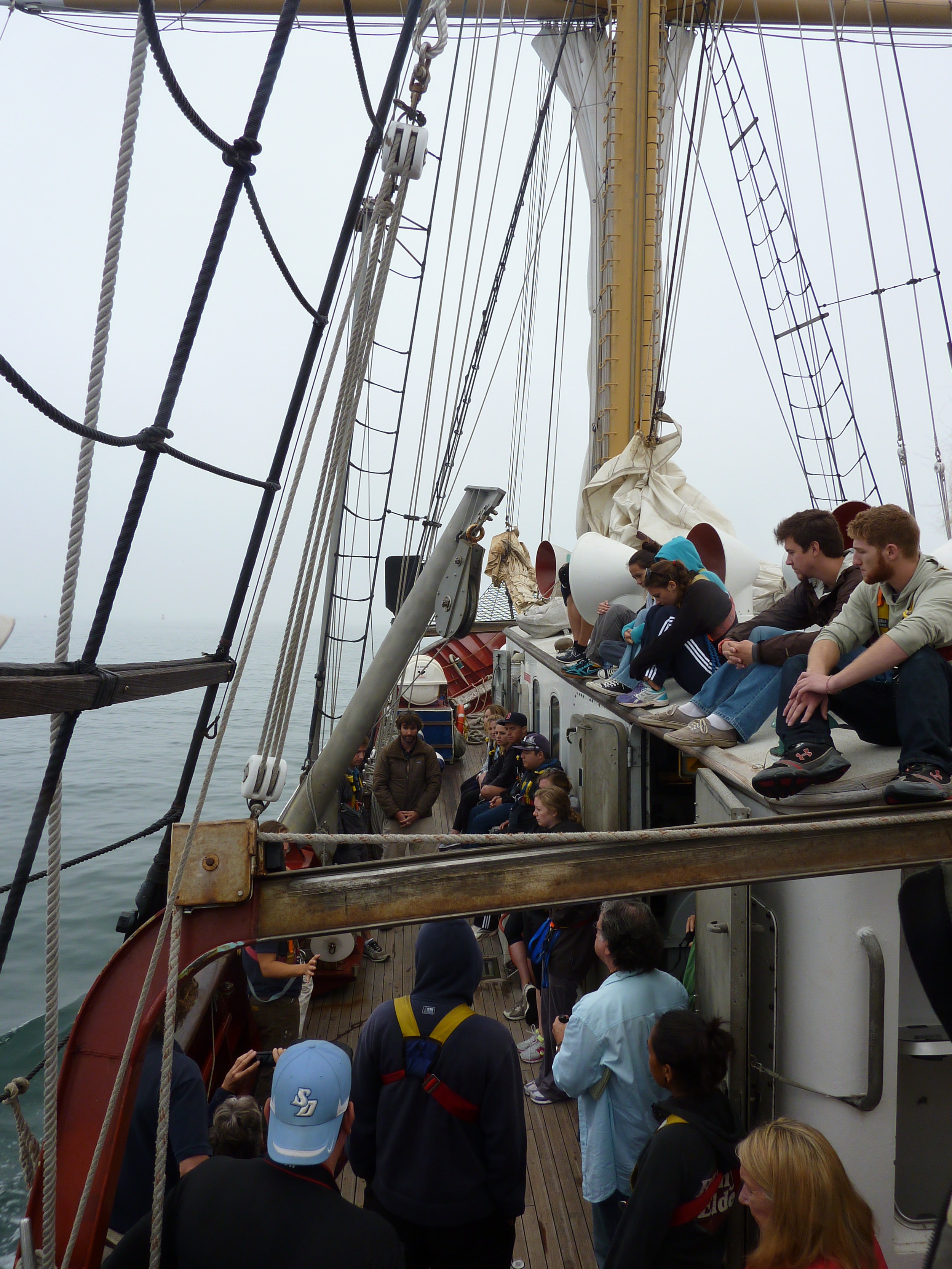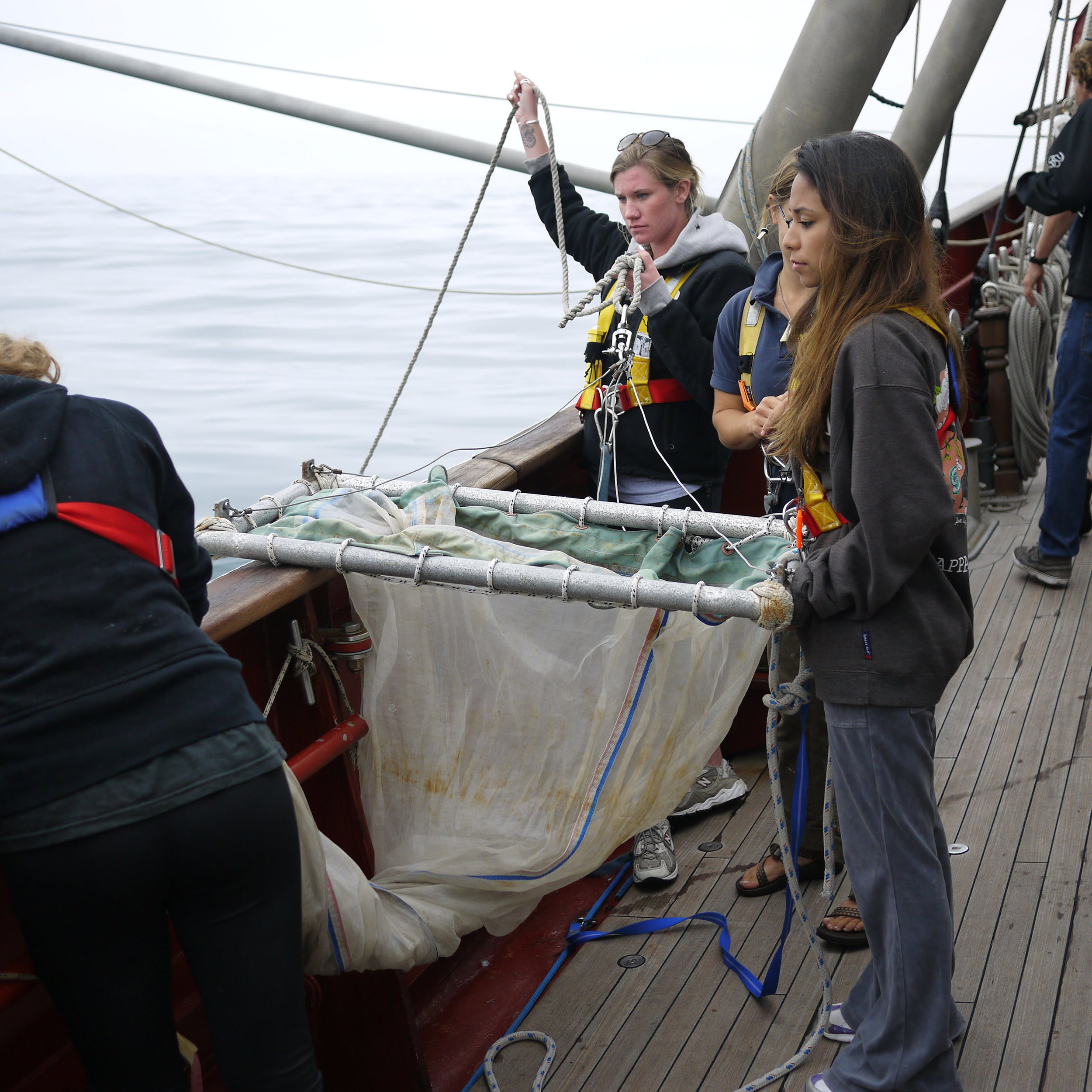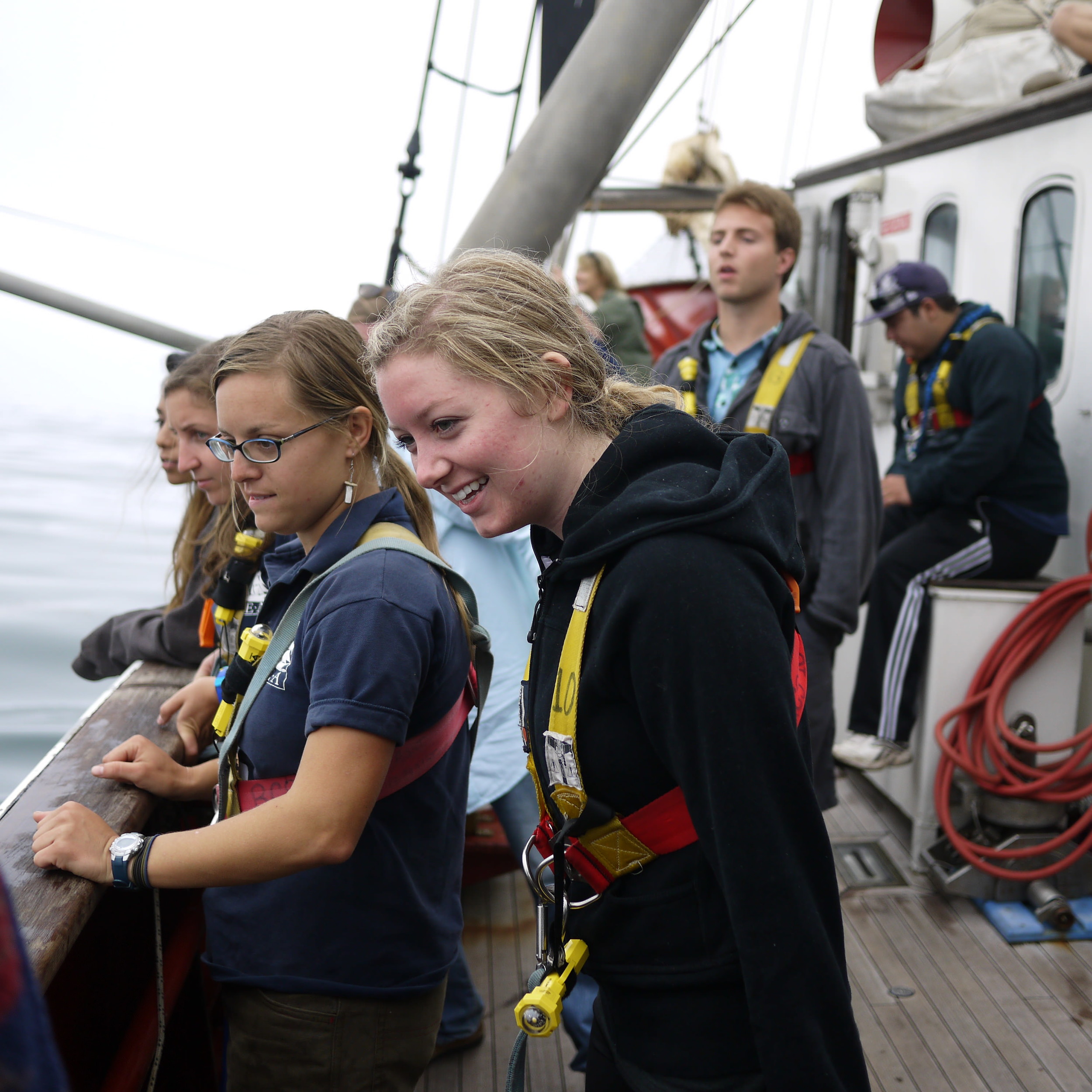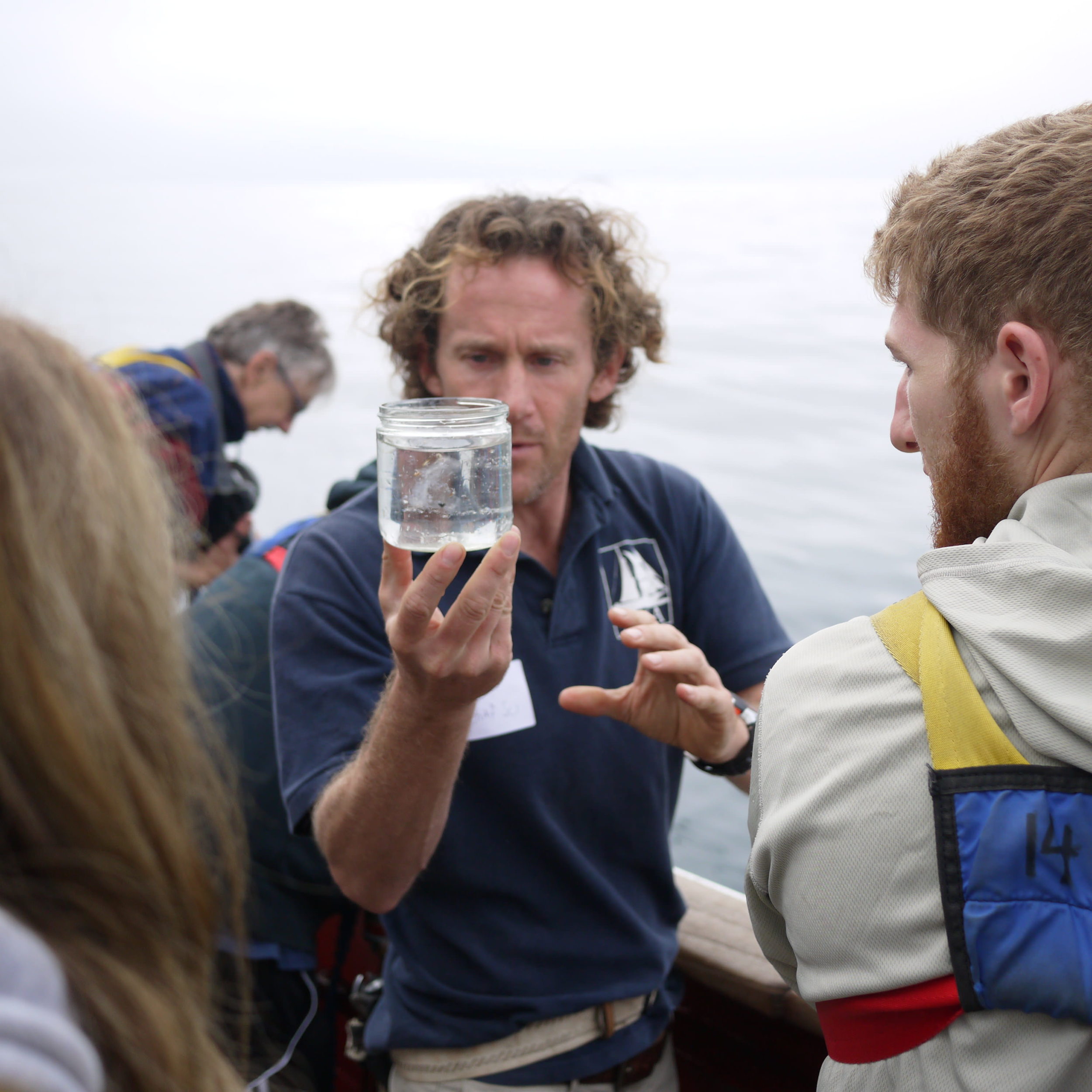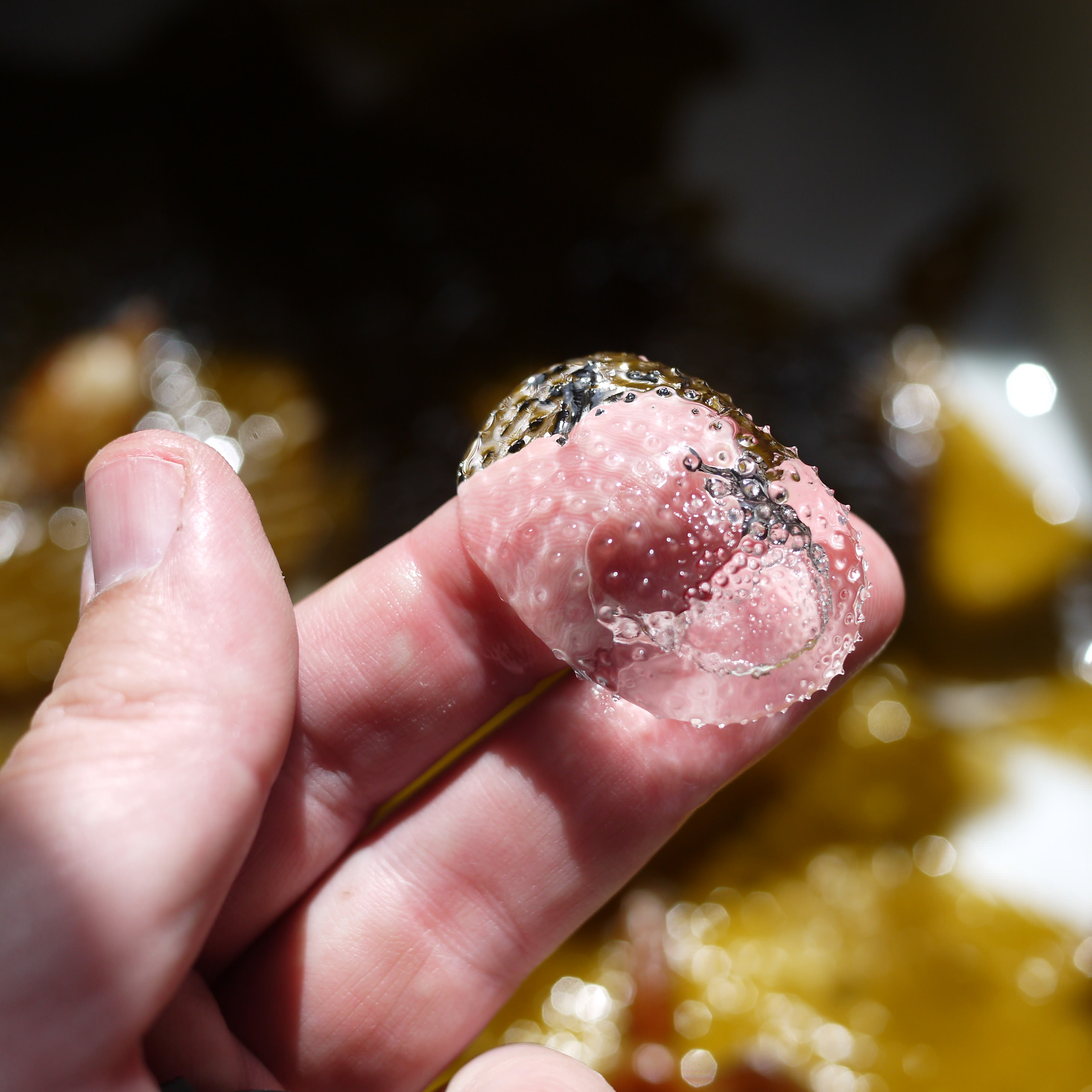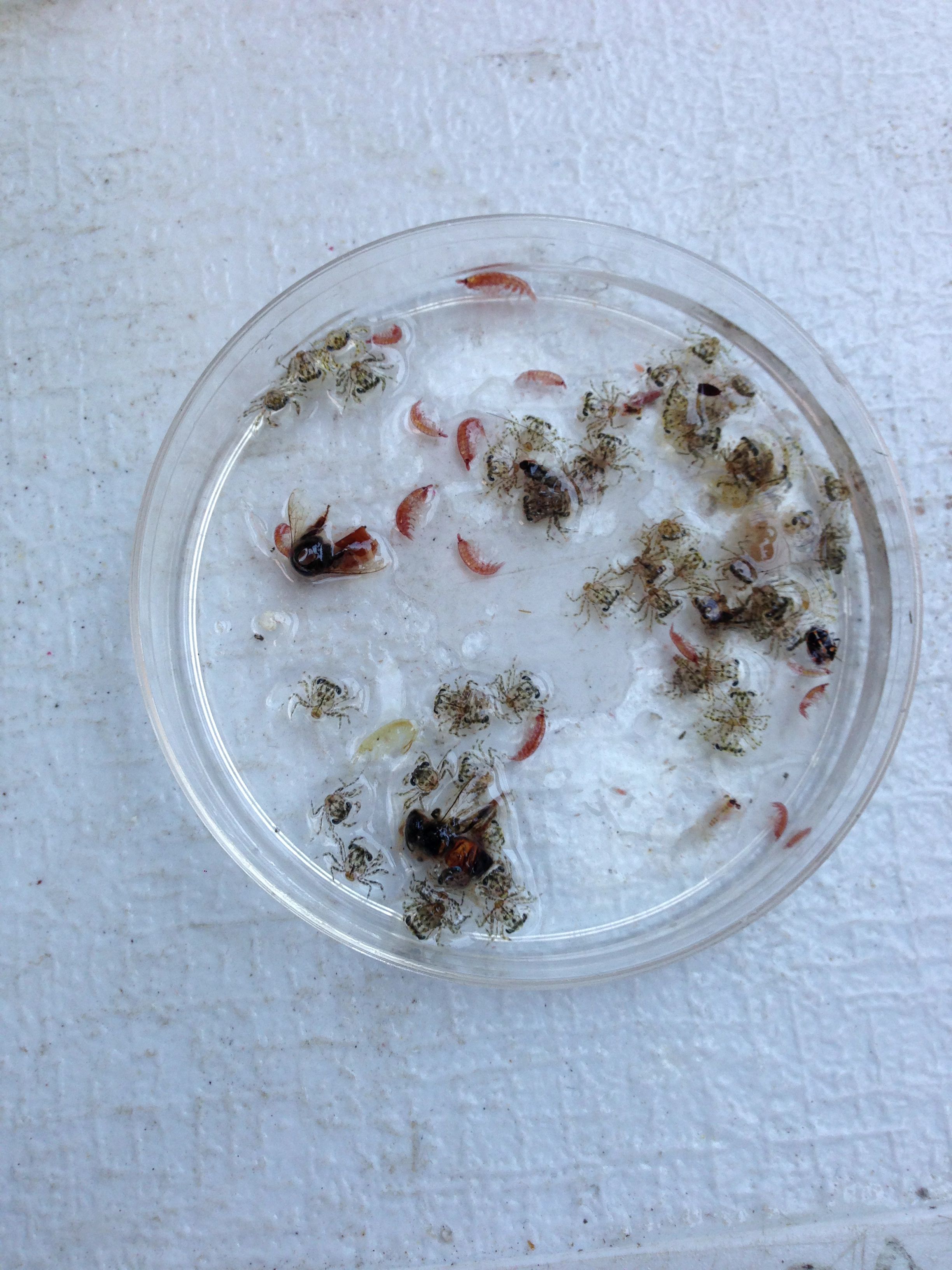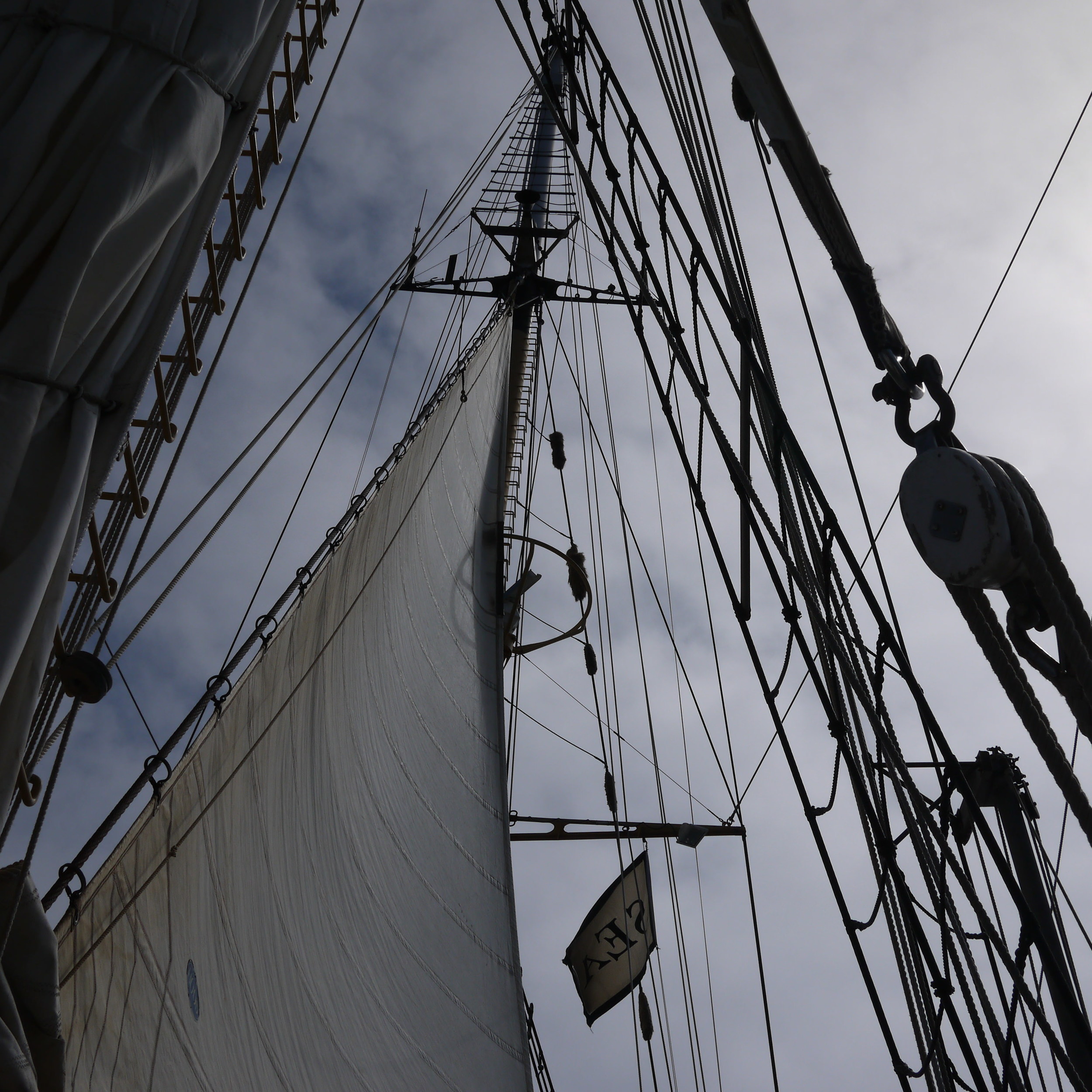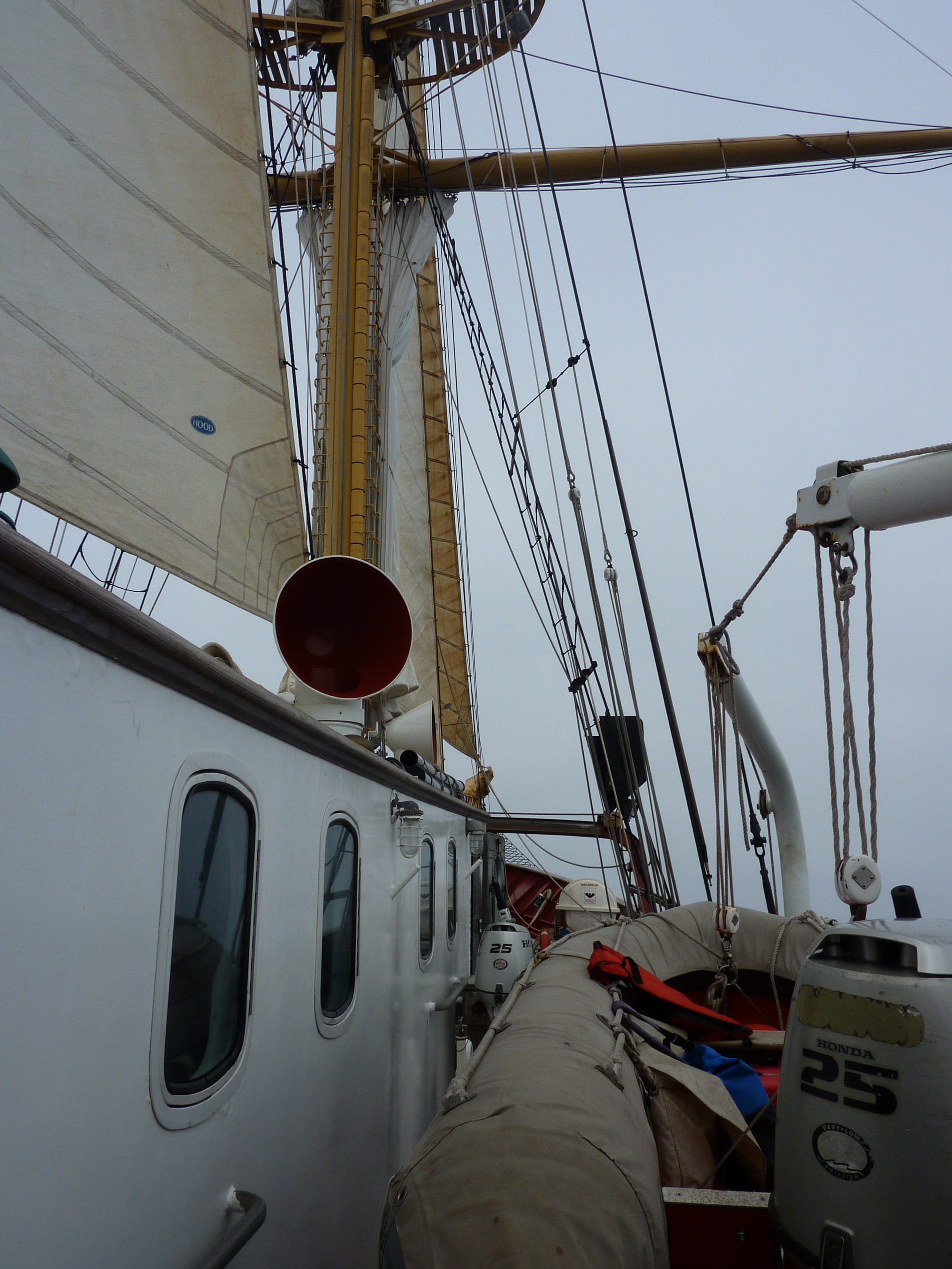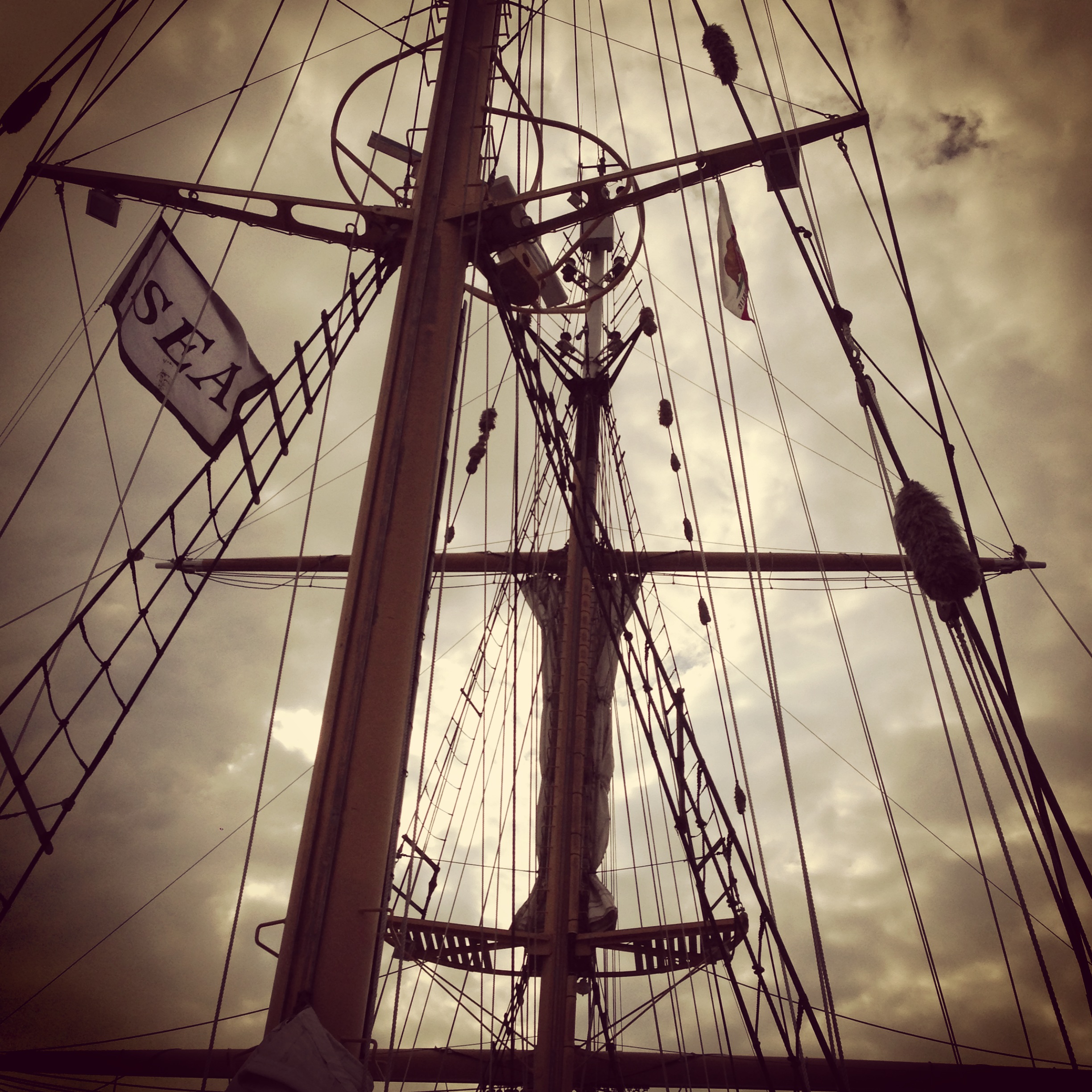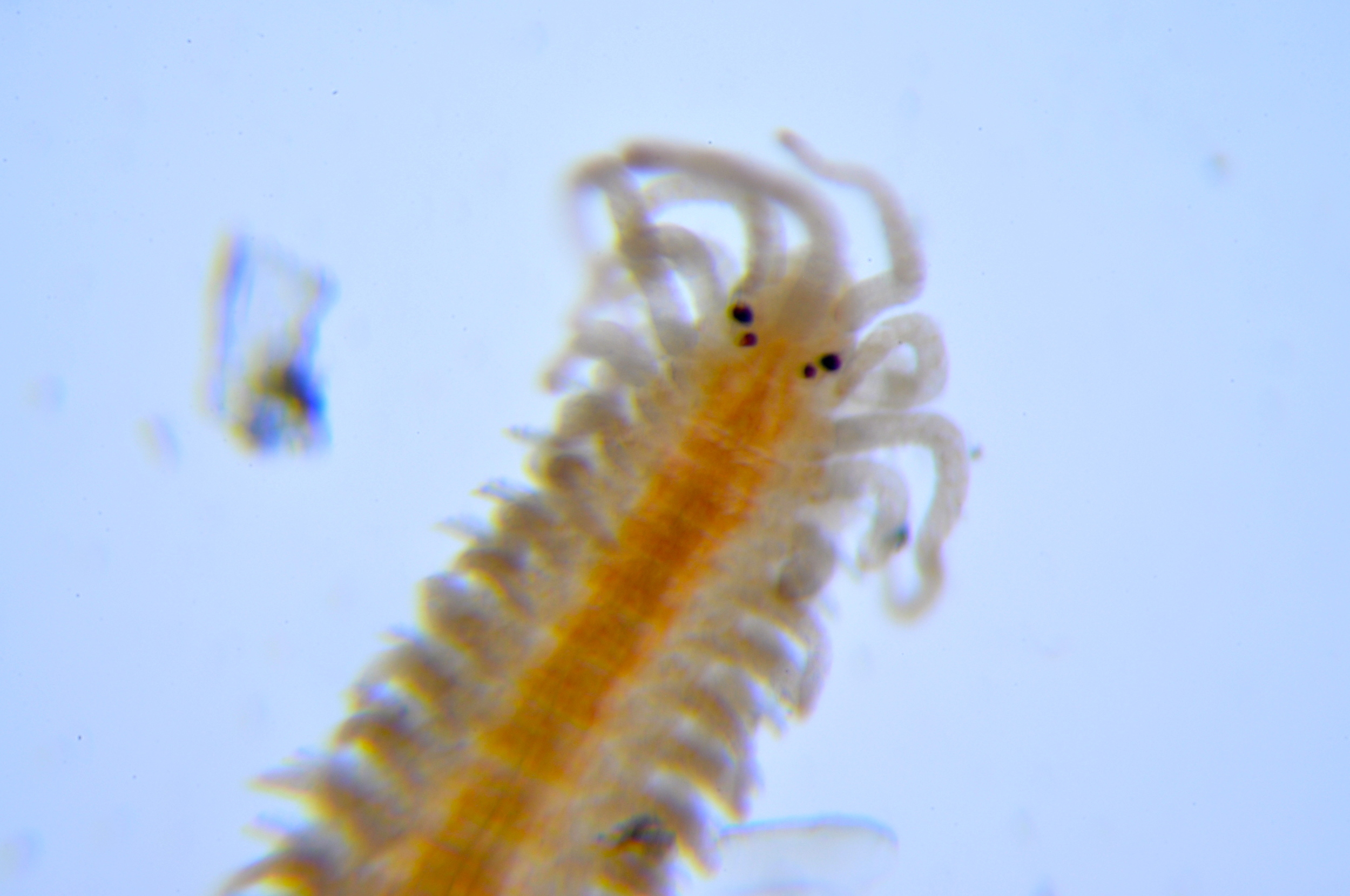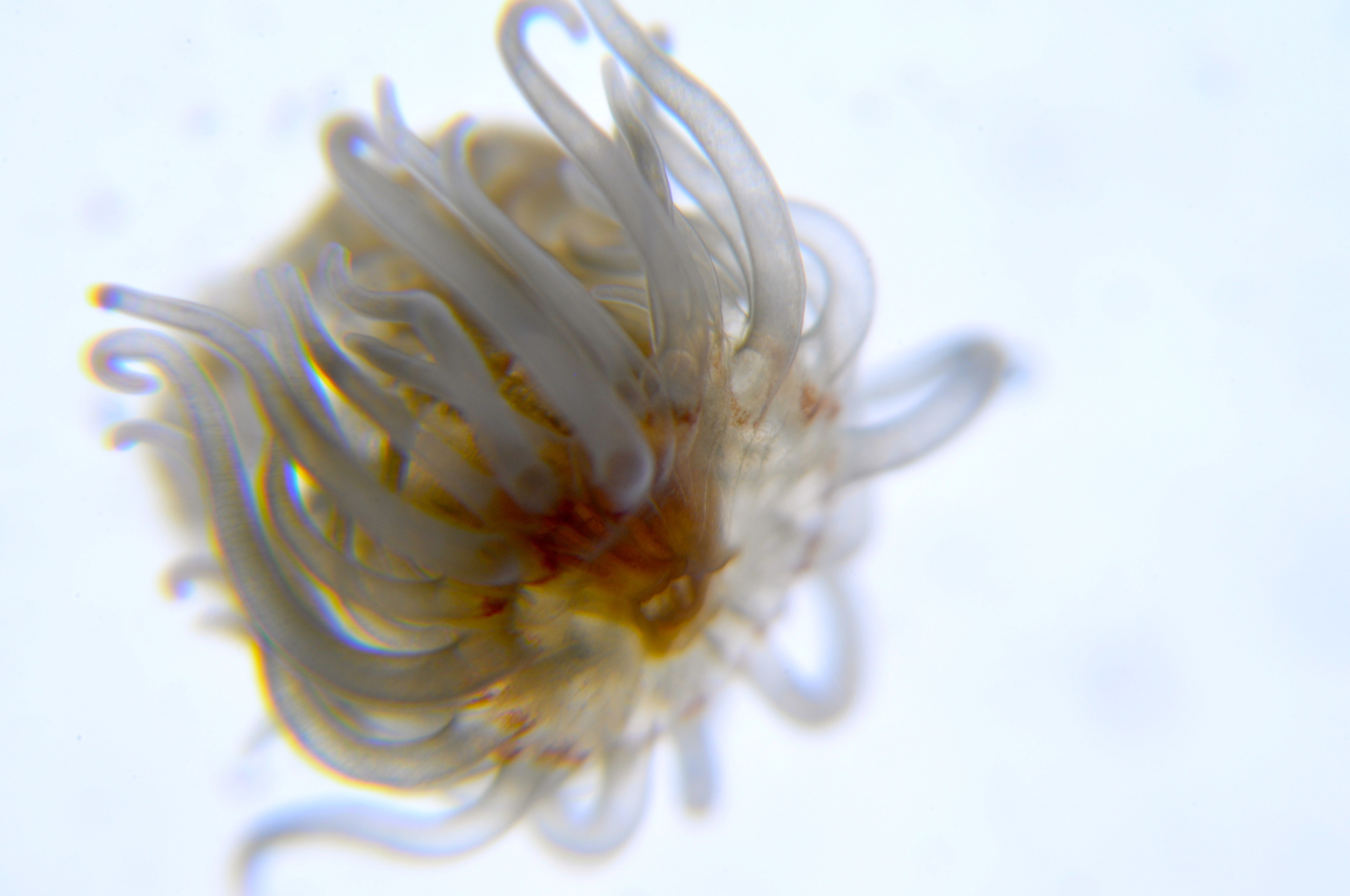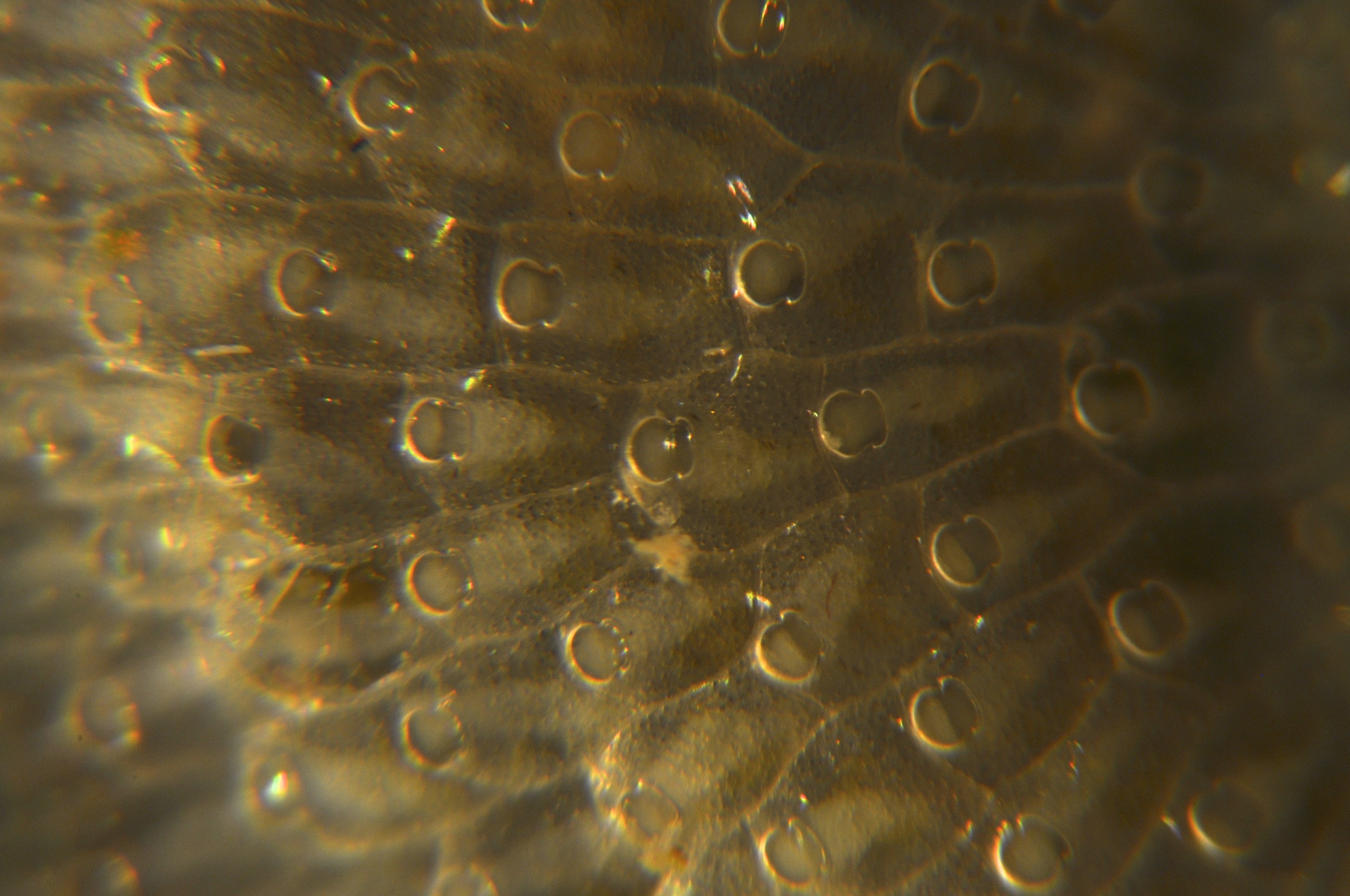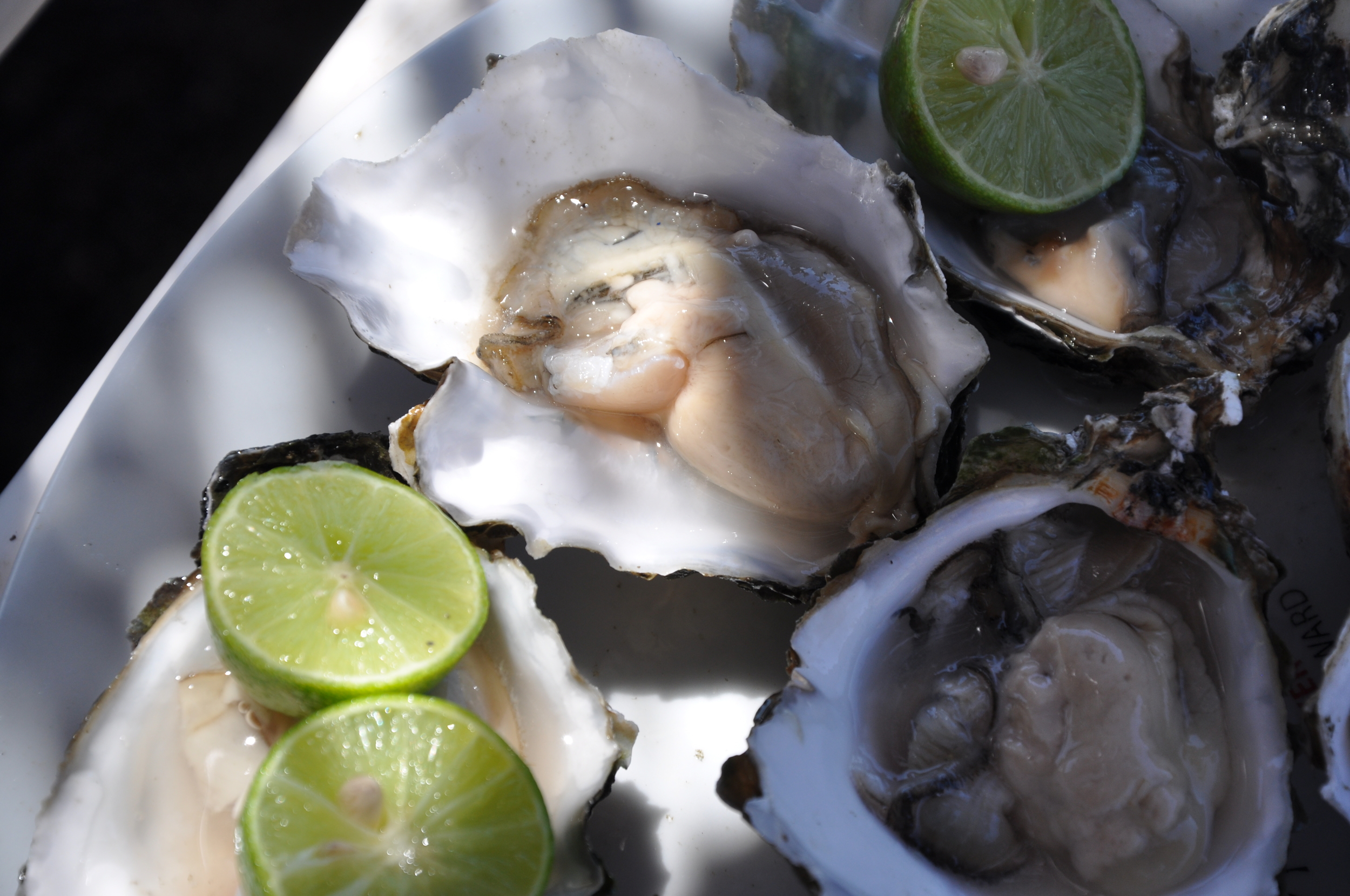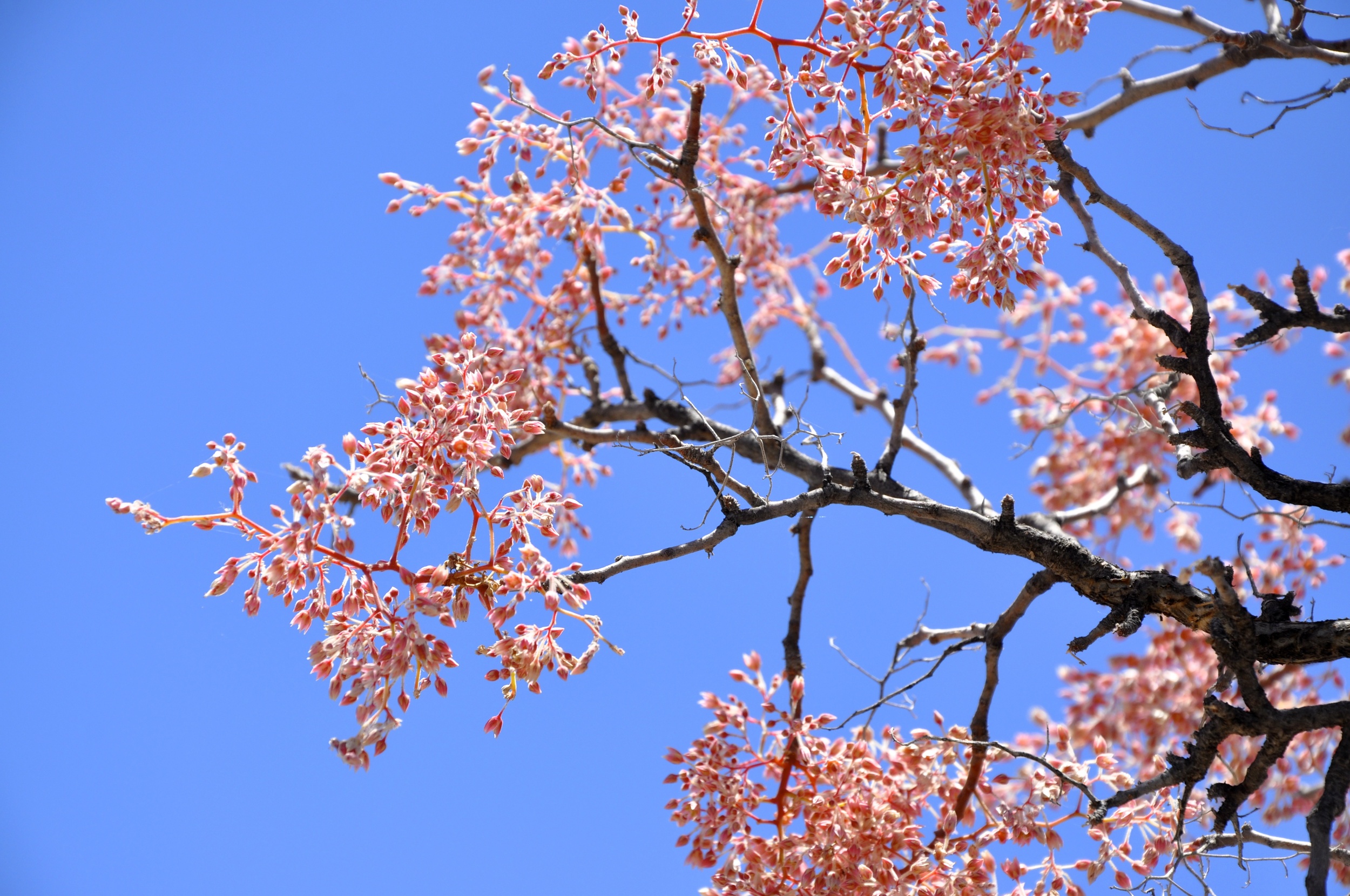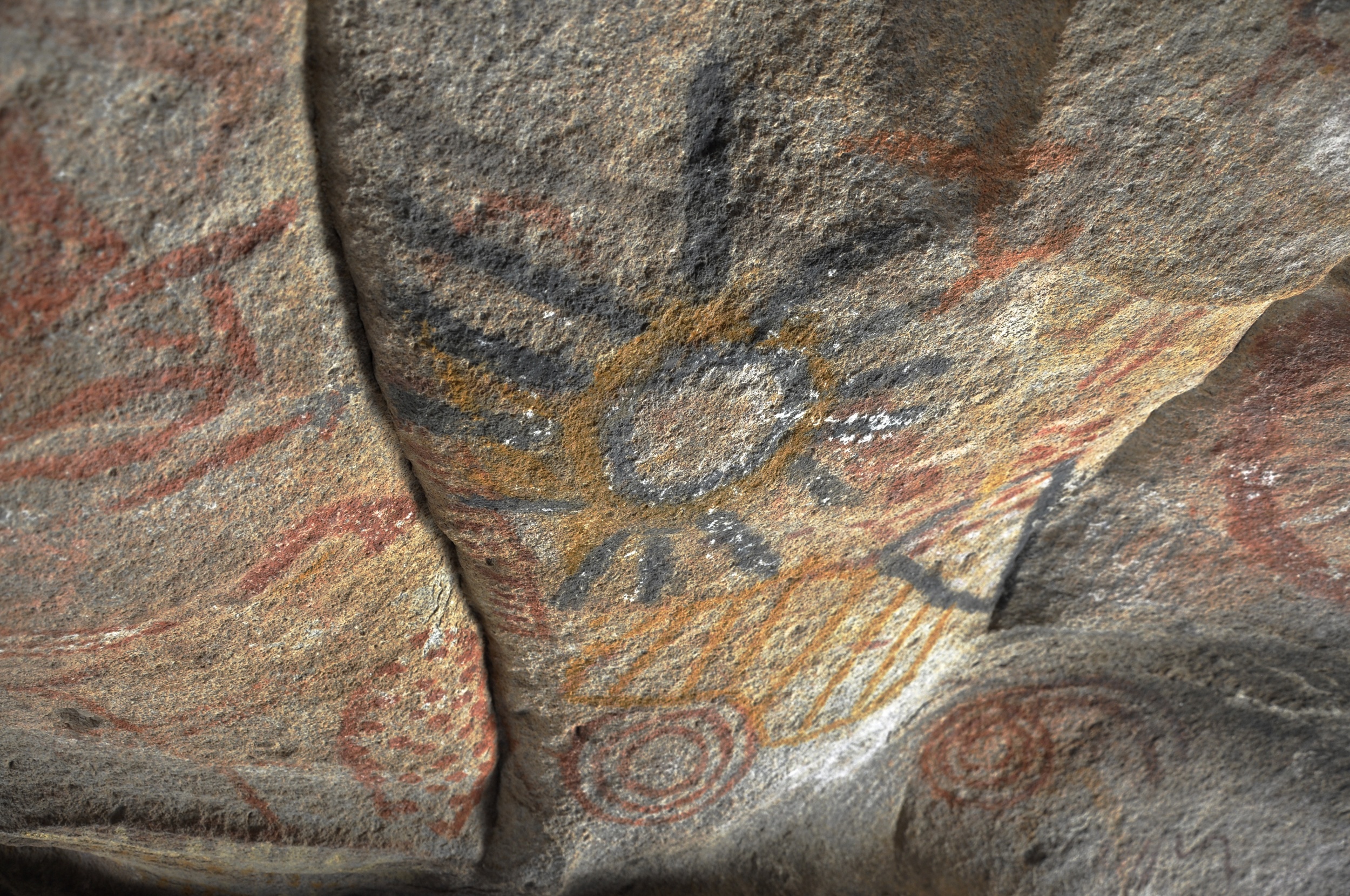1. I was accompanied by my daughter's "blue eyed ducky" on the trip into Mexico - she figures prominently in many photos.
2. Accompanied by an Ocean Discovery Institute Fellow (Rosa), Ocean Discovery Institute staff (Carla), two of my graduate students from USD (Anai and Liz), and an undergrad from University of New Mexico's Minority Access to Research Careers program (Larisa), we headed down to Bahia San Quintin for some sampling of the bivalve communities (including "sampling" some oysters).
3. After a few days of that, we drove south (stopping to enjoy some fossil beds and cave paintings) and arrived in Bahía de los Angeles, meeting up with more of my crew for Island research (Joel), the Sea Turtle research group (including Dr. John Wang and Ocean Discovery Institute Executive Director and researcher Shara Fisler), wetland scientist Dr. Christine Whitcraft, Meteorologist Jim Purpura, and other staff who somehow manage to do fieldwork, organize the station, and still keep the operation in San Diego running via super slow satellite internet.
4. My team got a phenomenal amount of work done in a few days. We set pitfall traps on every island in the bay in three days (despite 112 degree heat and, in some cases, climbing hand-over-hand for 100m to reach the top). We also sampled the waters of the bay for nutrients, looking for pattern across a 1 km grid of sampling locations across the 25km length of the bay.
5. Meanwhile, back in San Diego, my (phenomenal) McNair Scholar Alex sampled San Diego Bay benthos with scientists from Smithsonian Environmental Research Center, worked with a student from Mater Dei High (Sergio) on sampling Fundulus parvipinnis, and managed to start his own project looking at an invasive clam in Mission Bay.
Now I am back in San Diego and trying to catch up on writing, email, bills, etc., but will update when possible!











